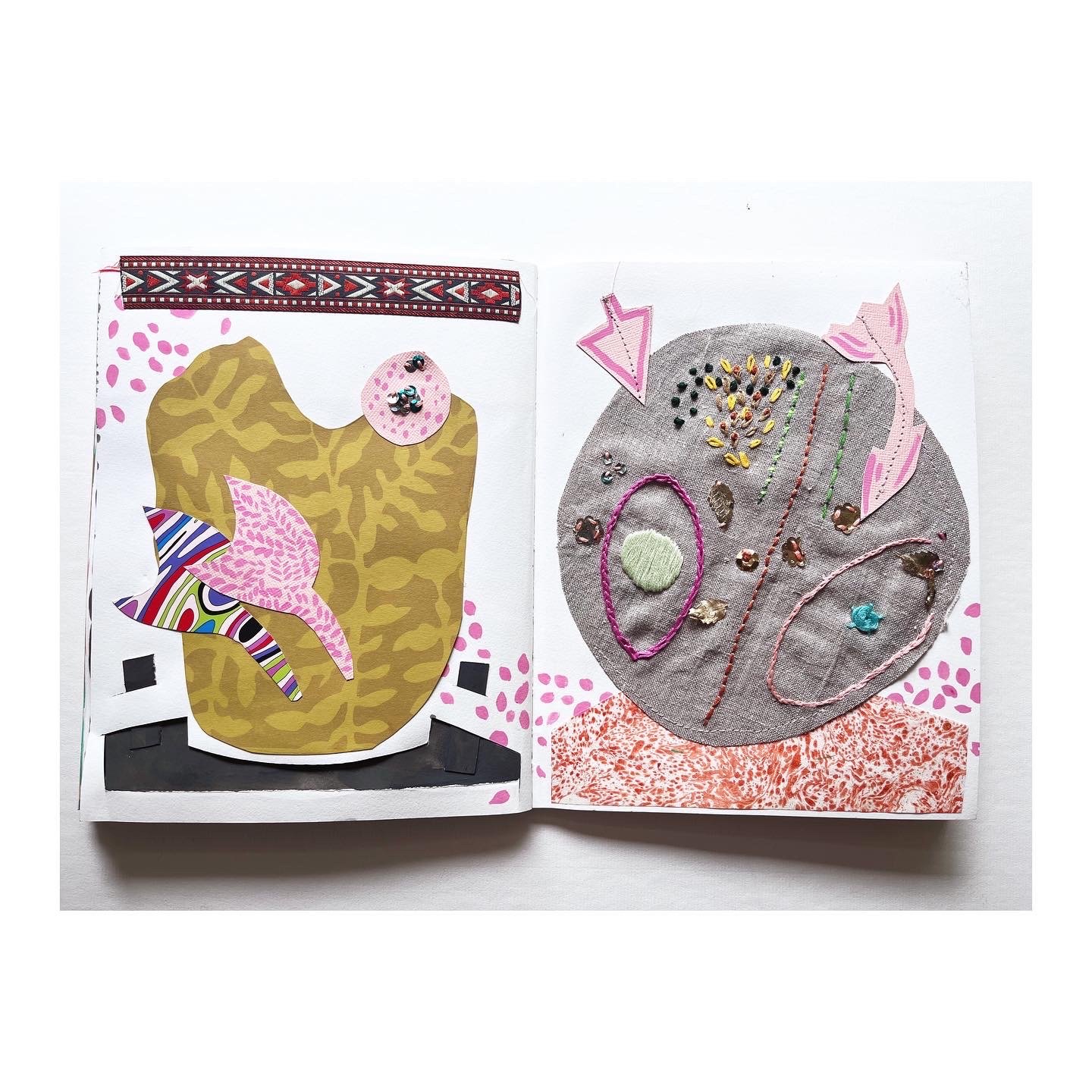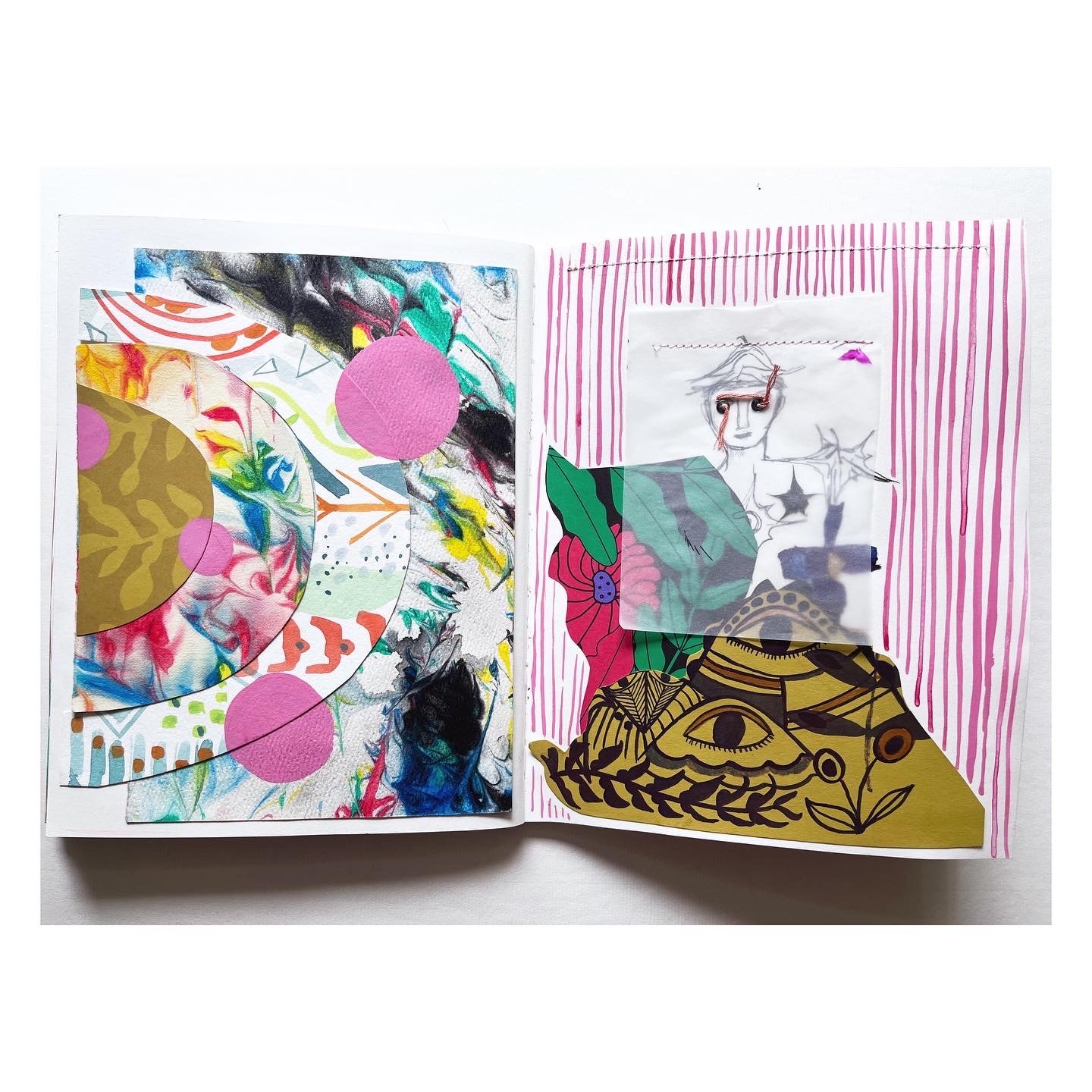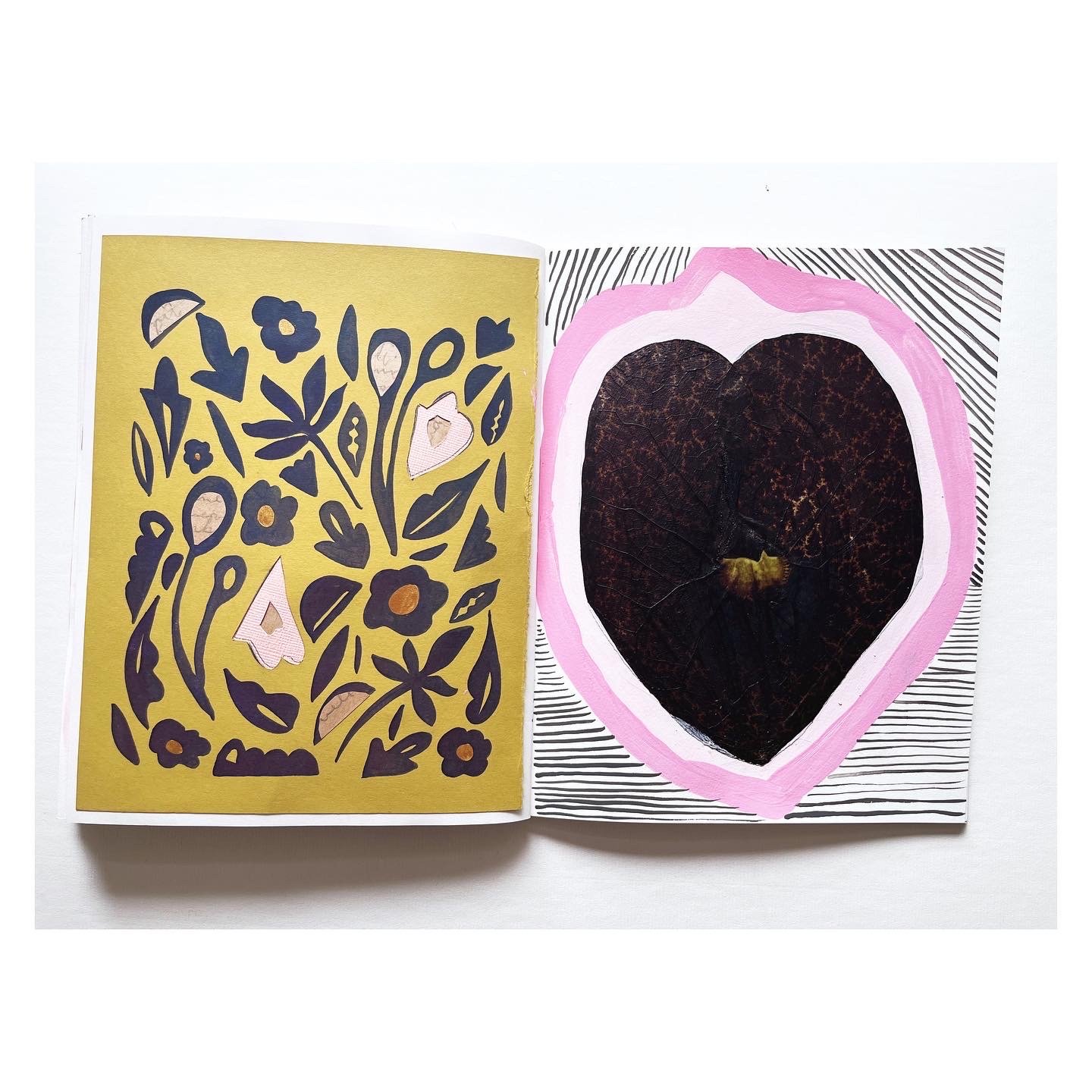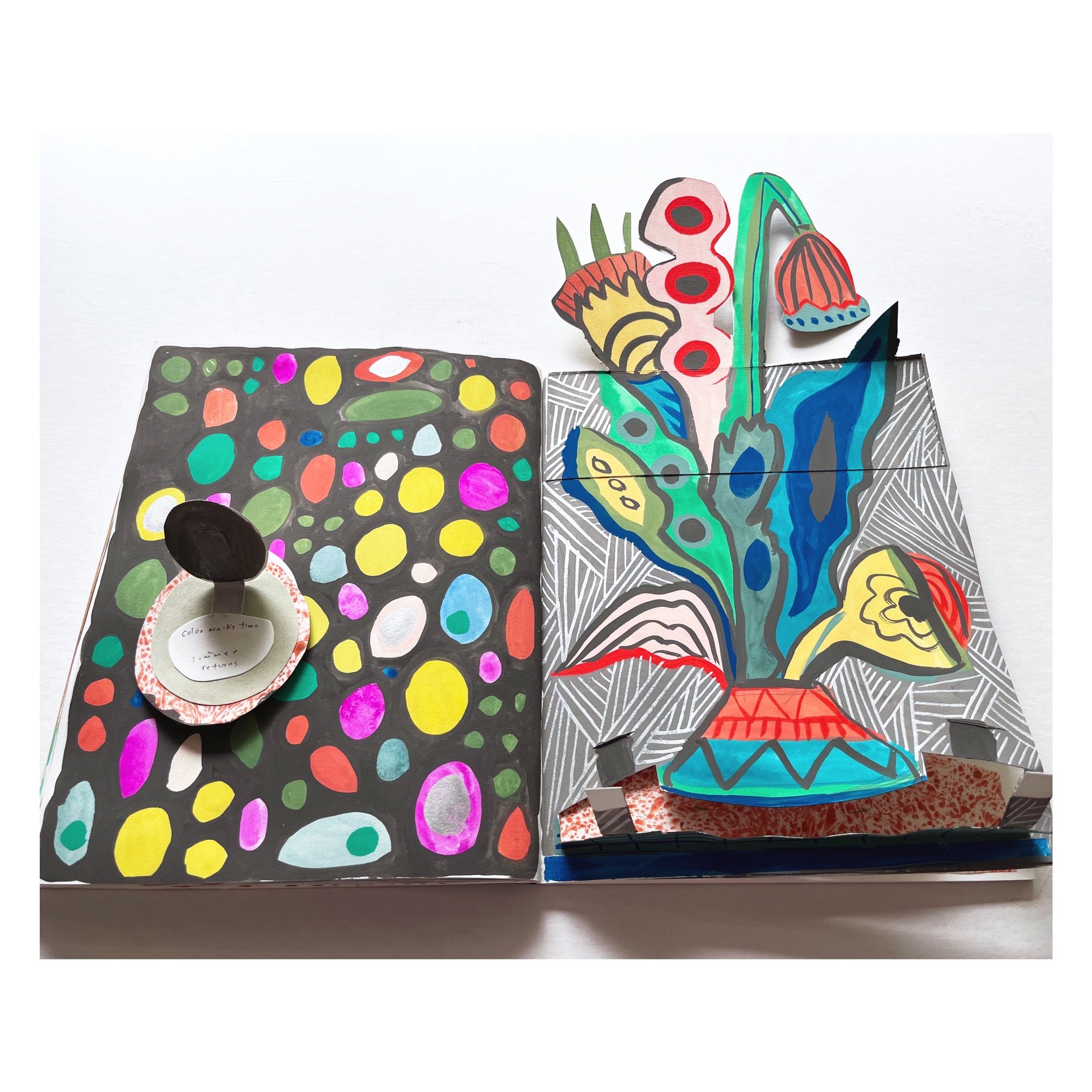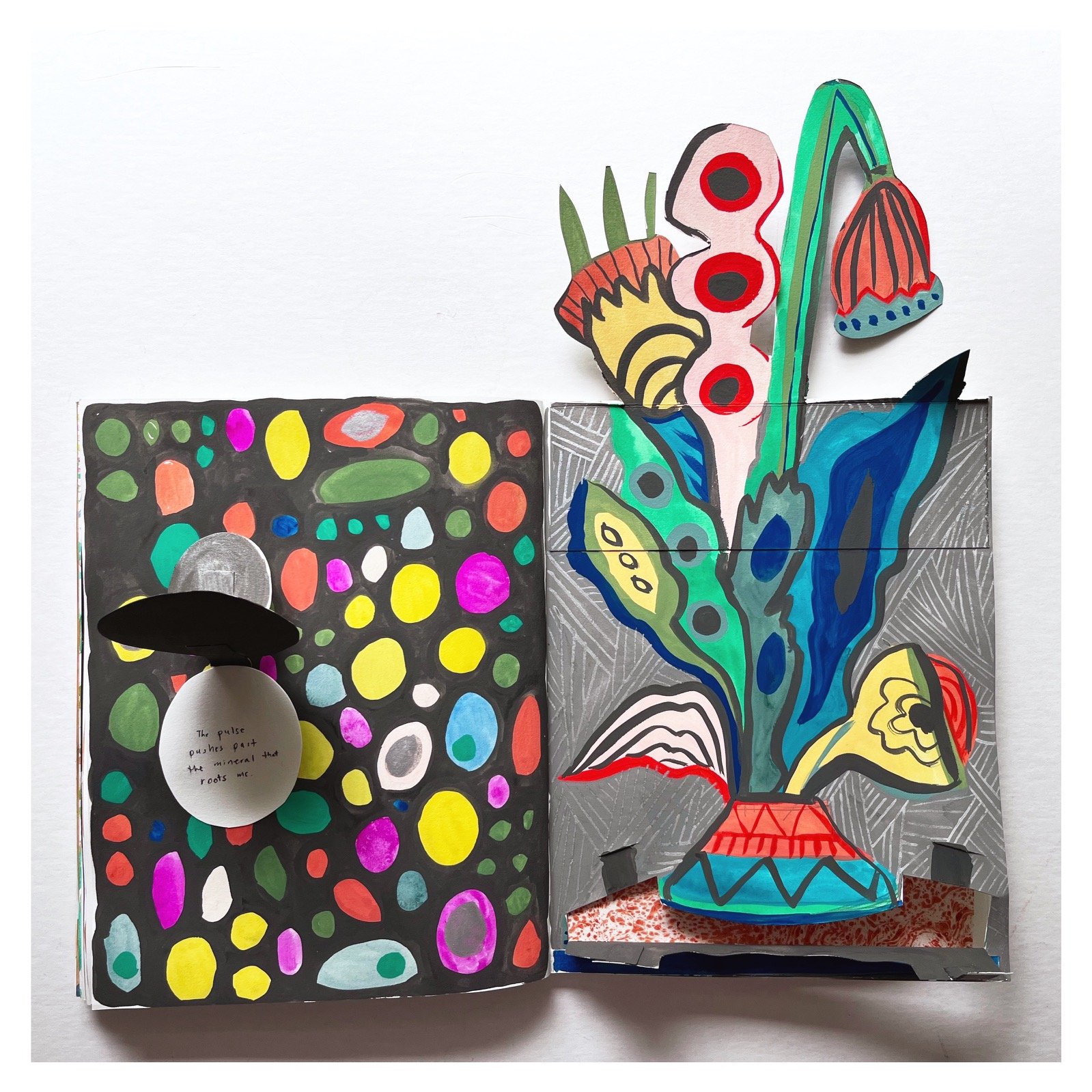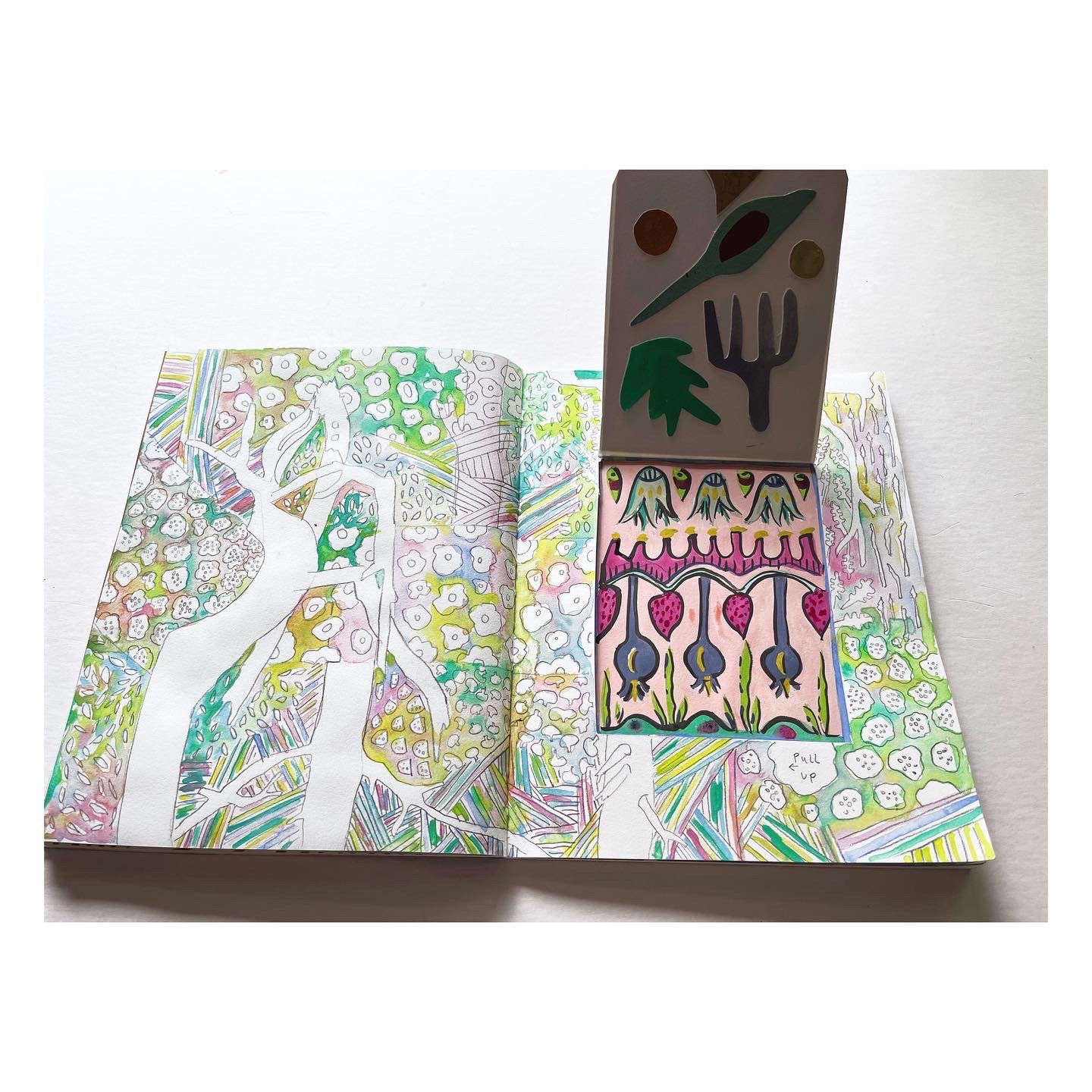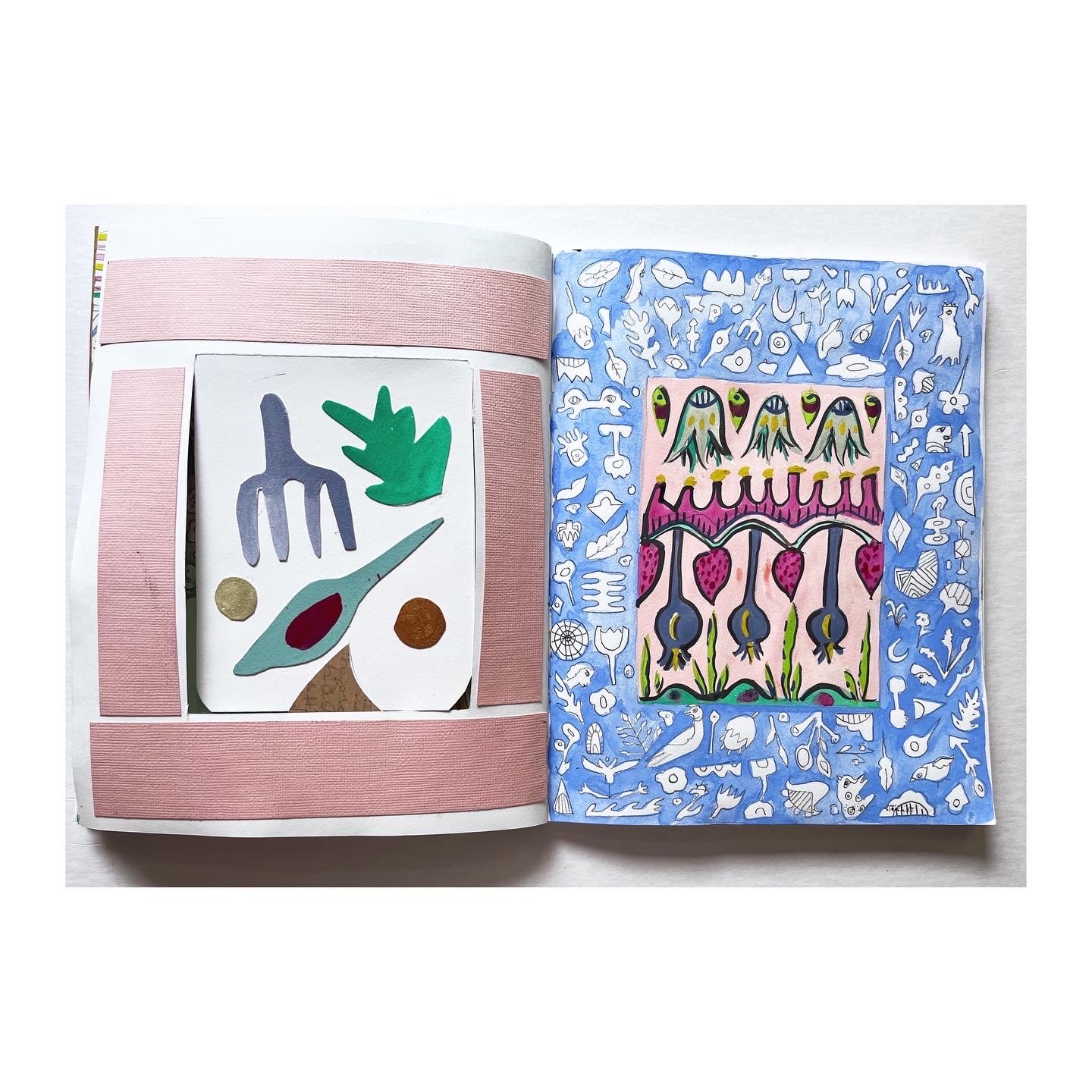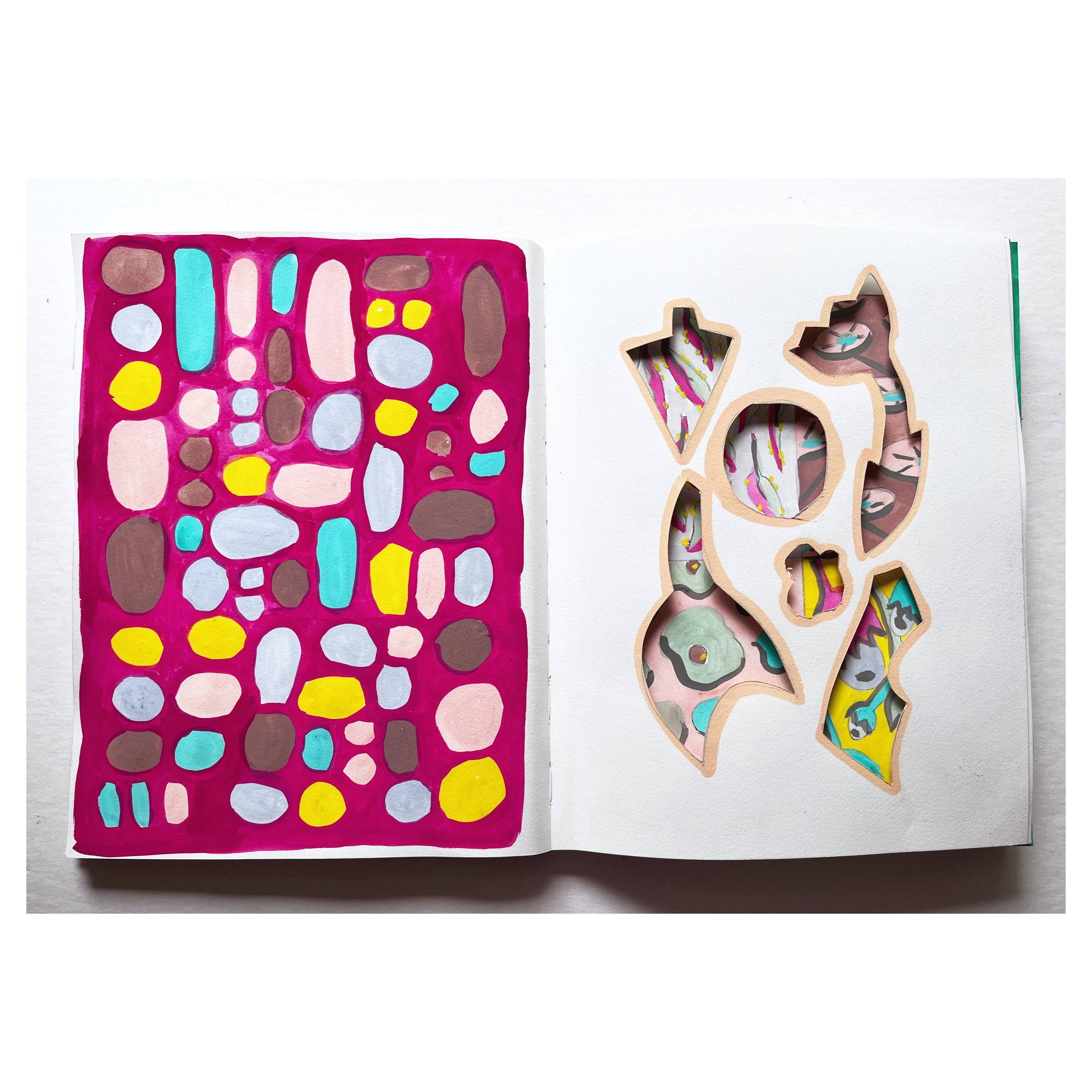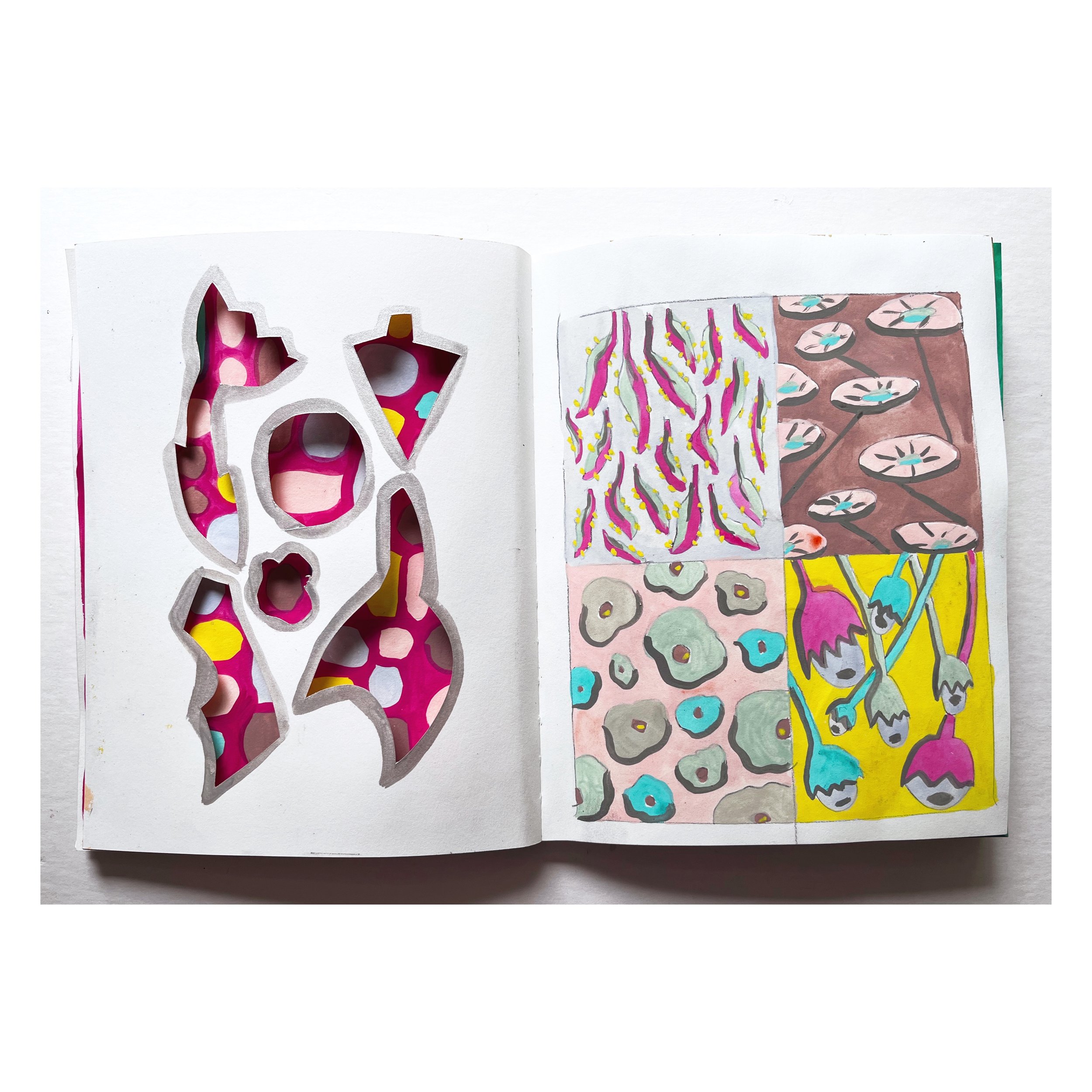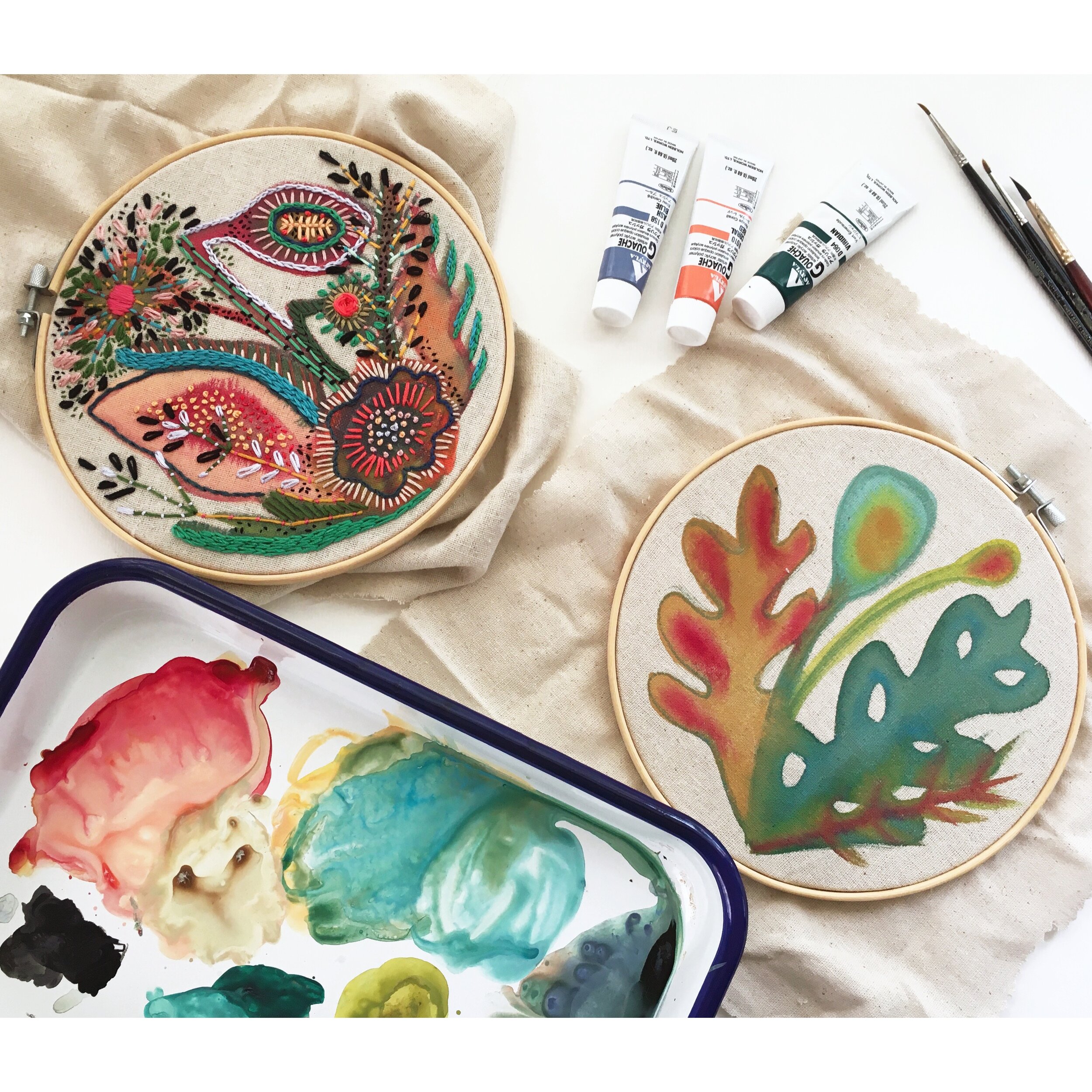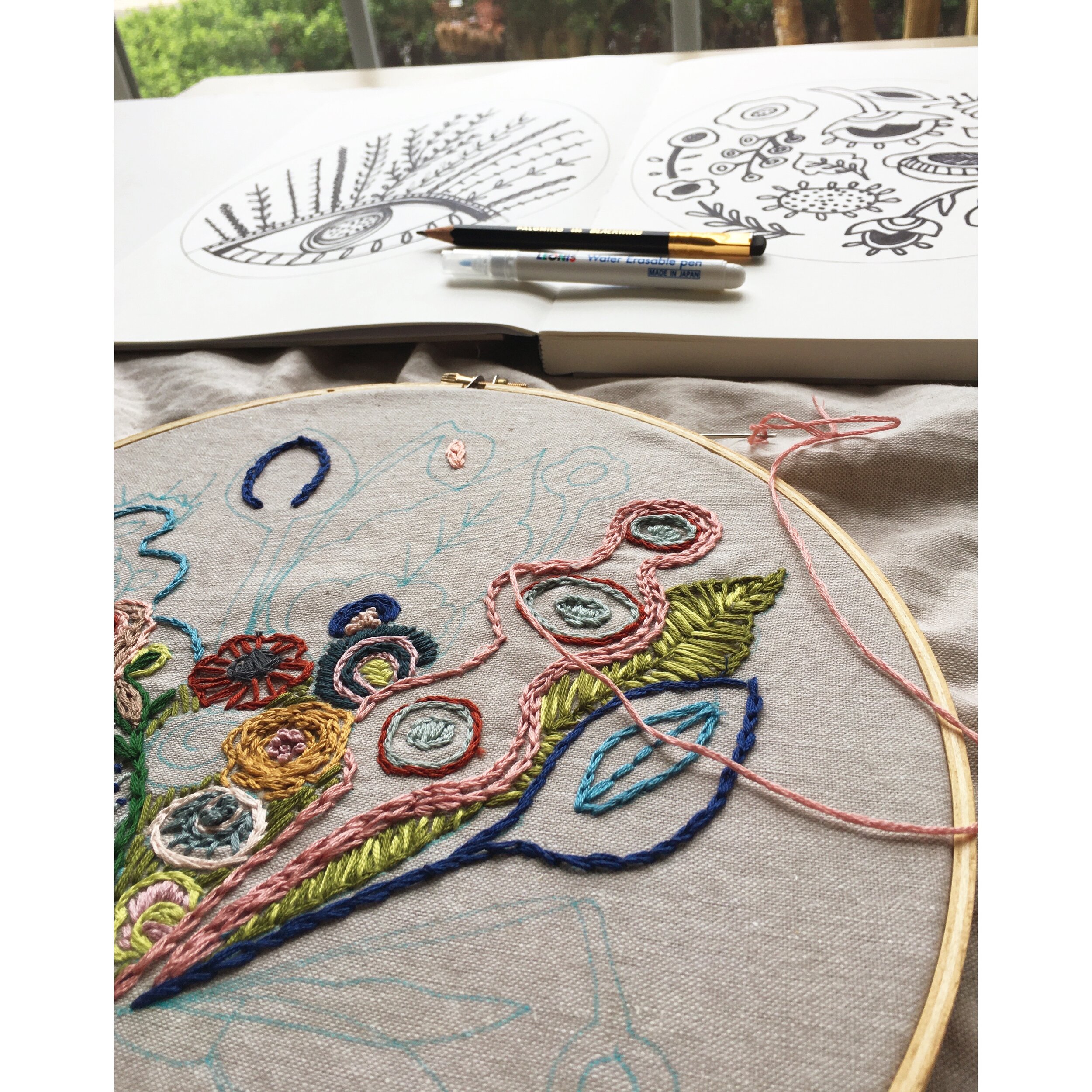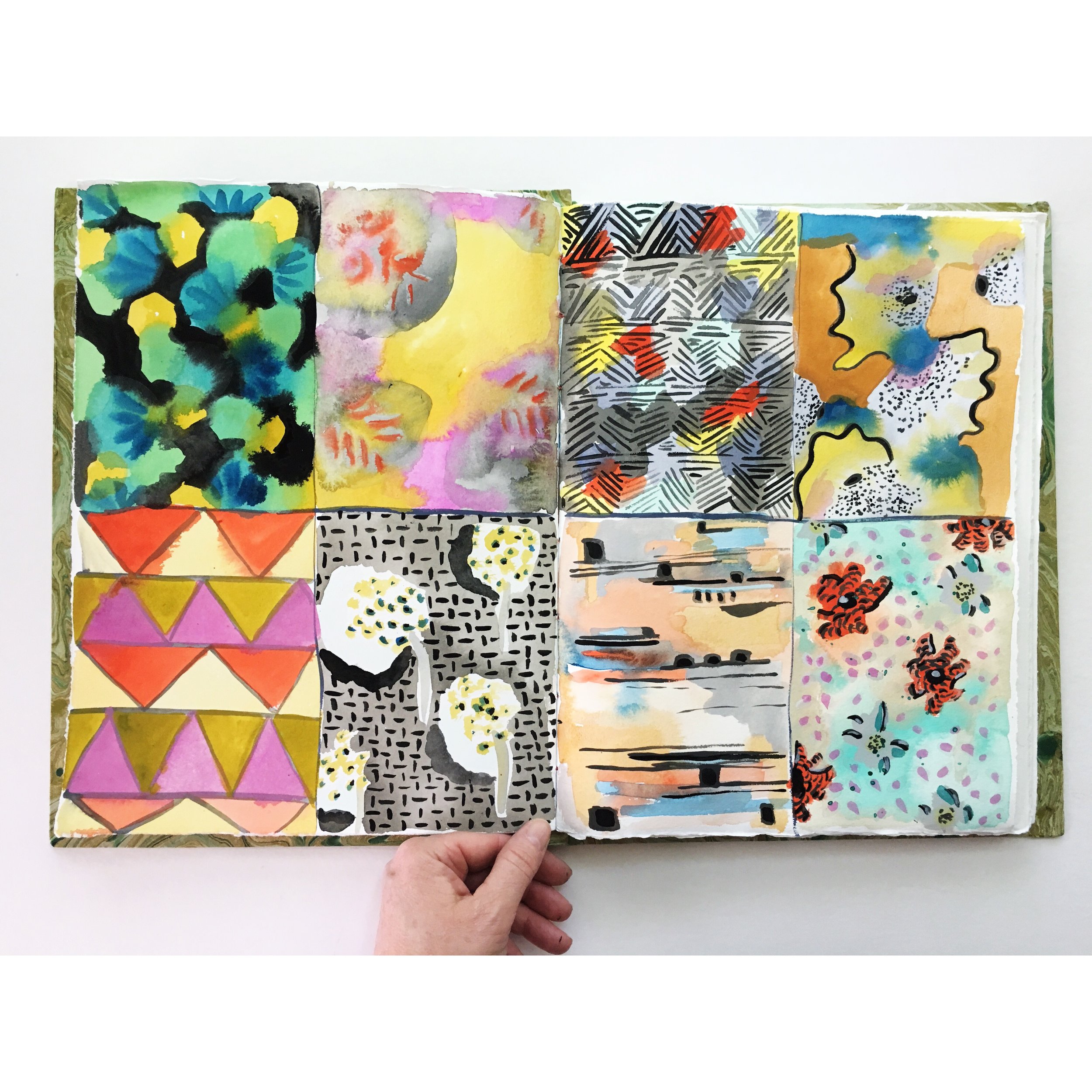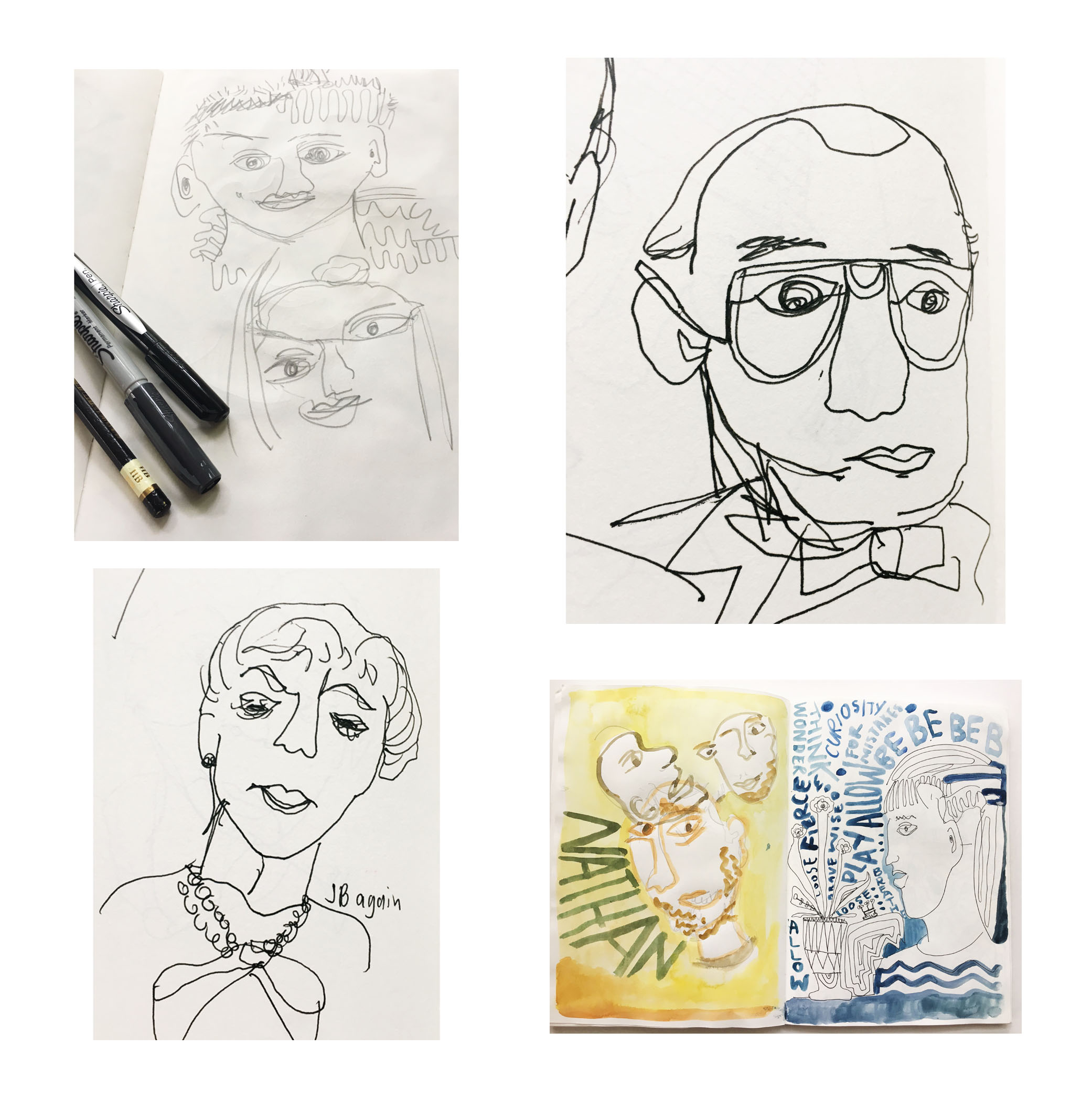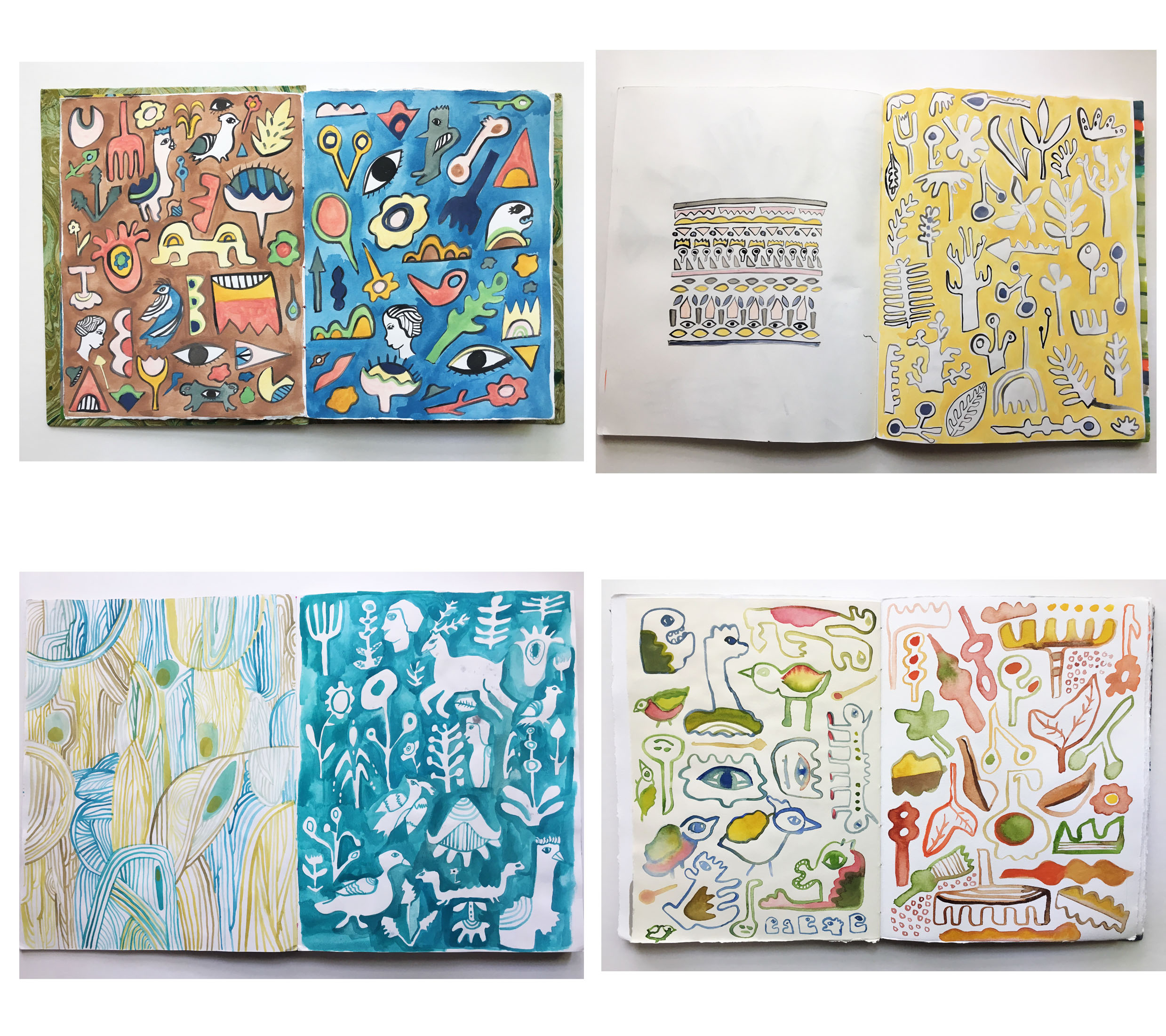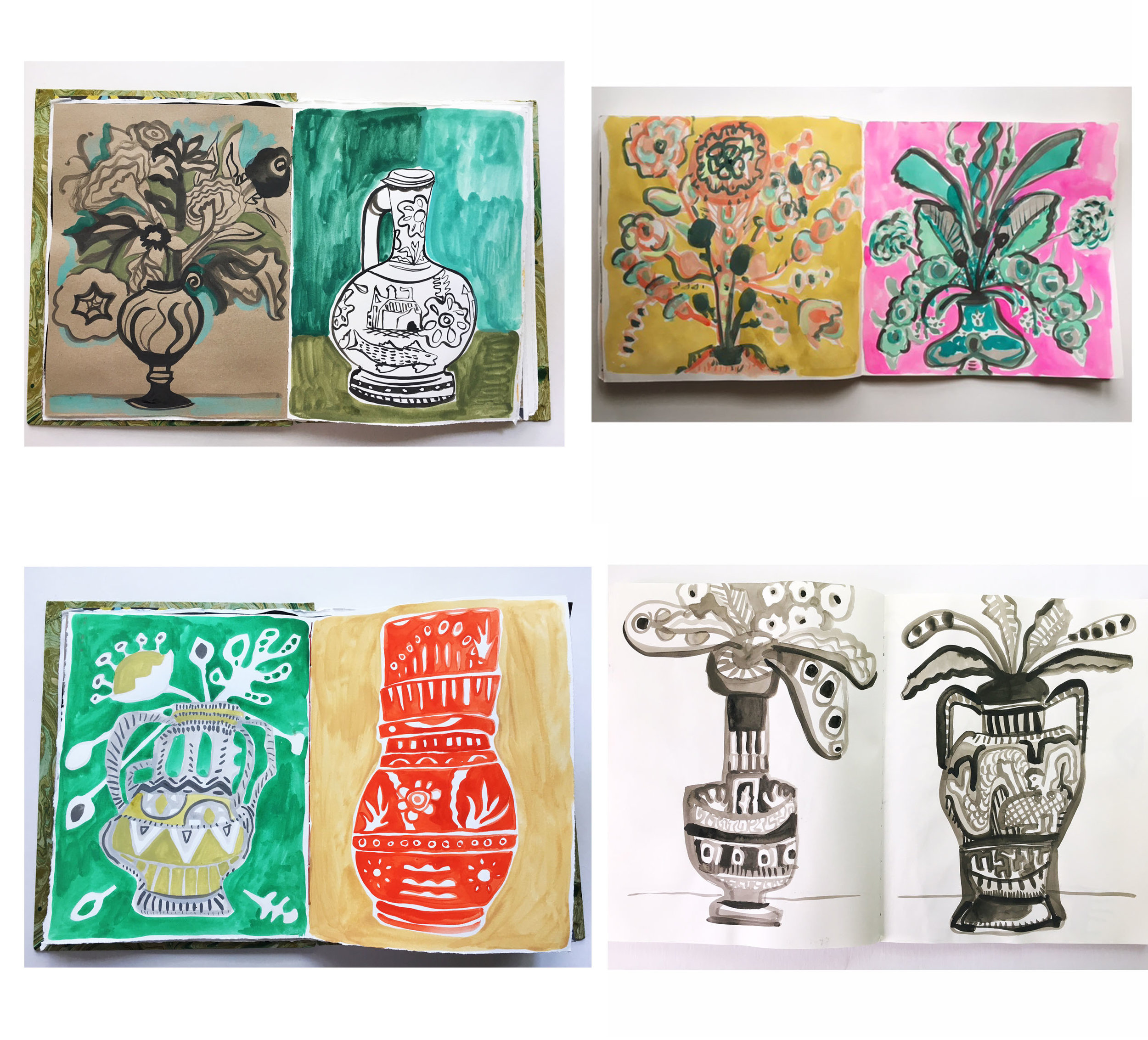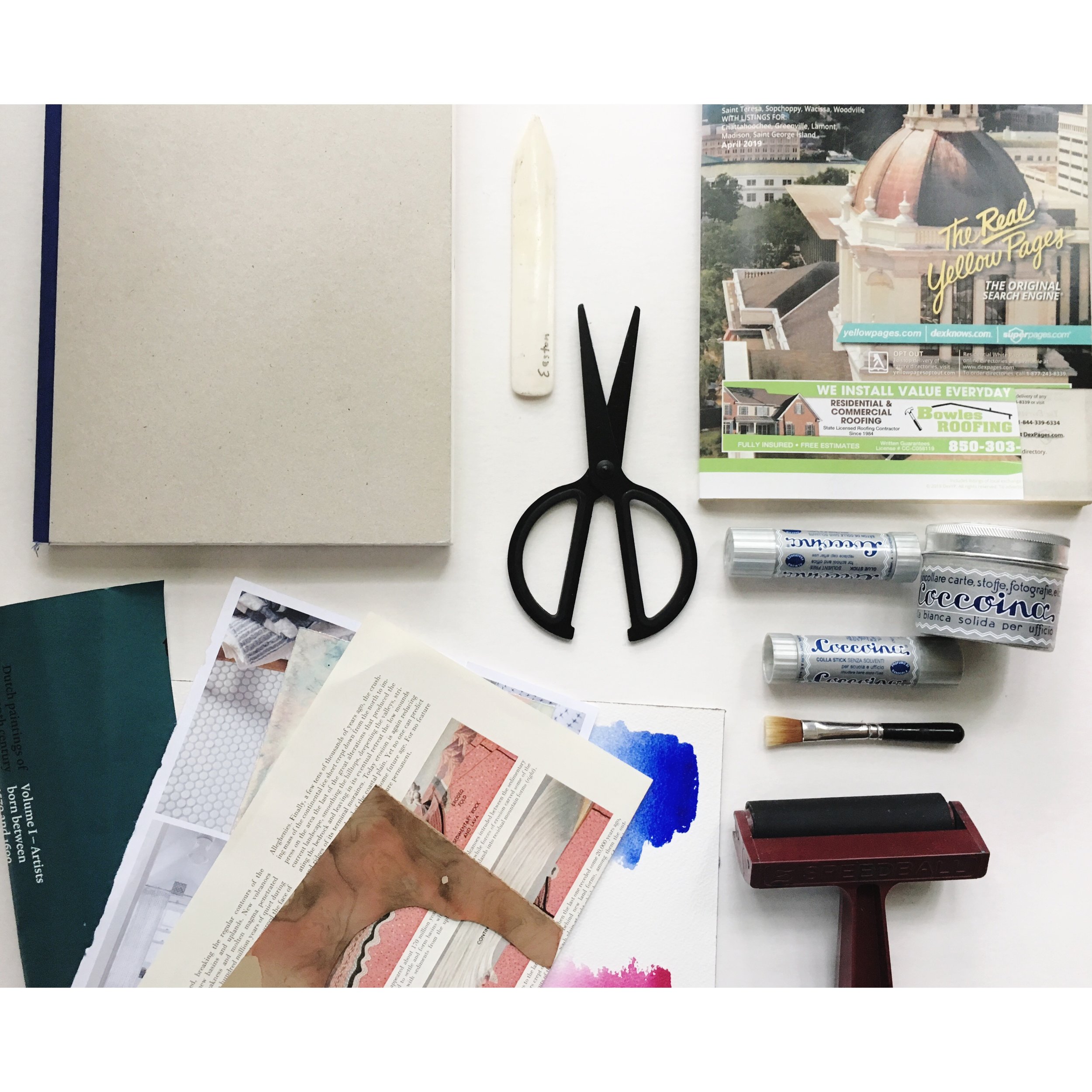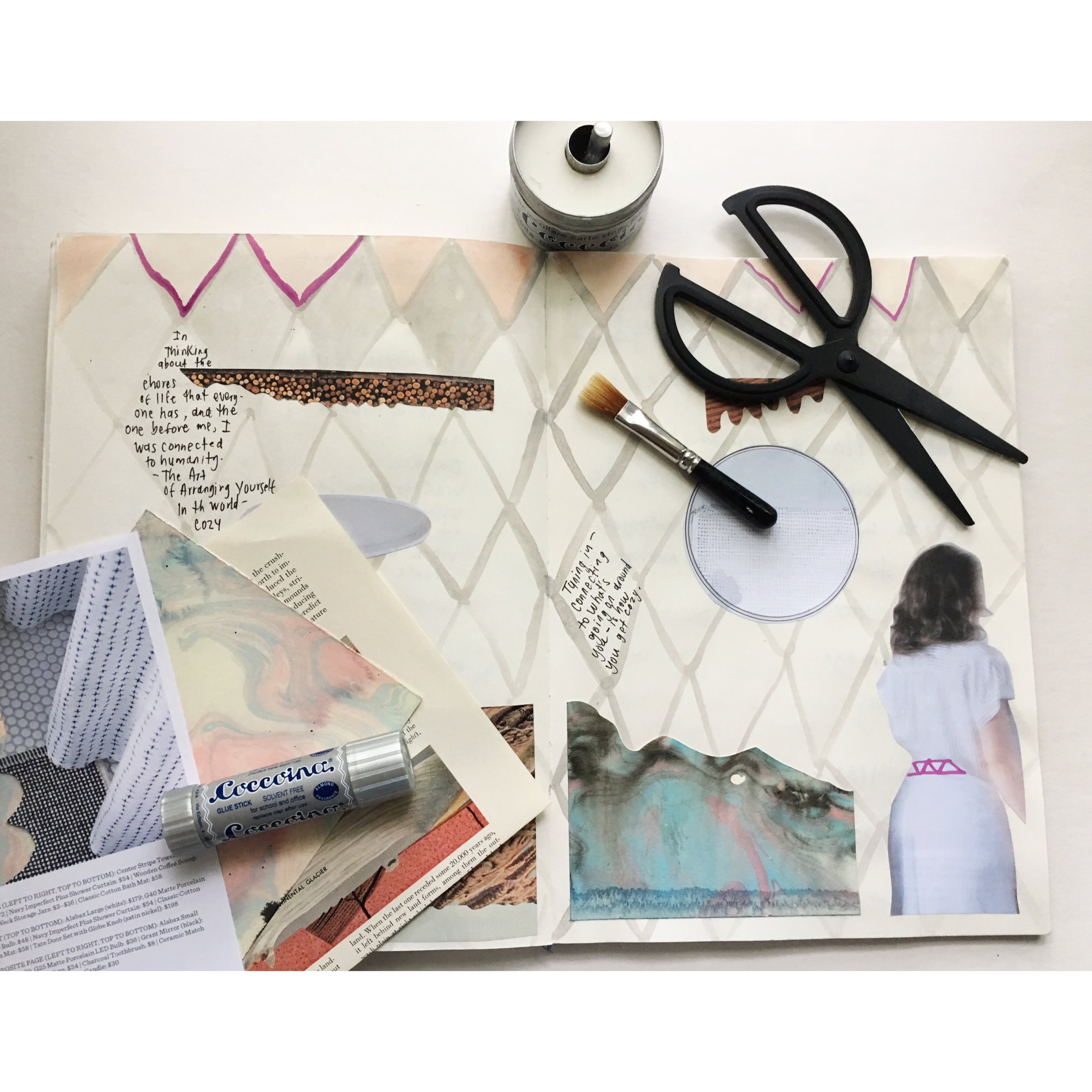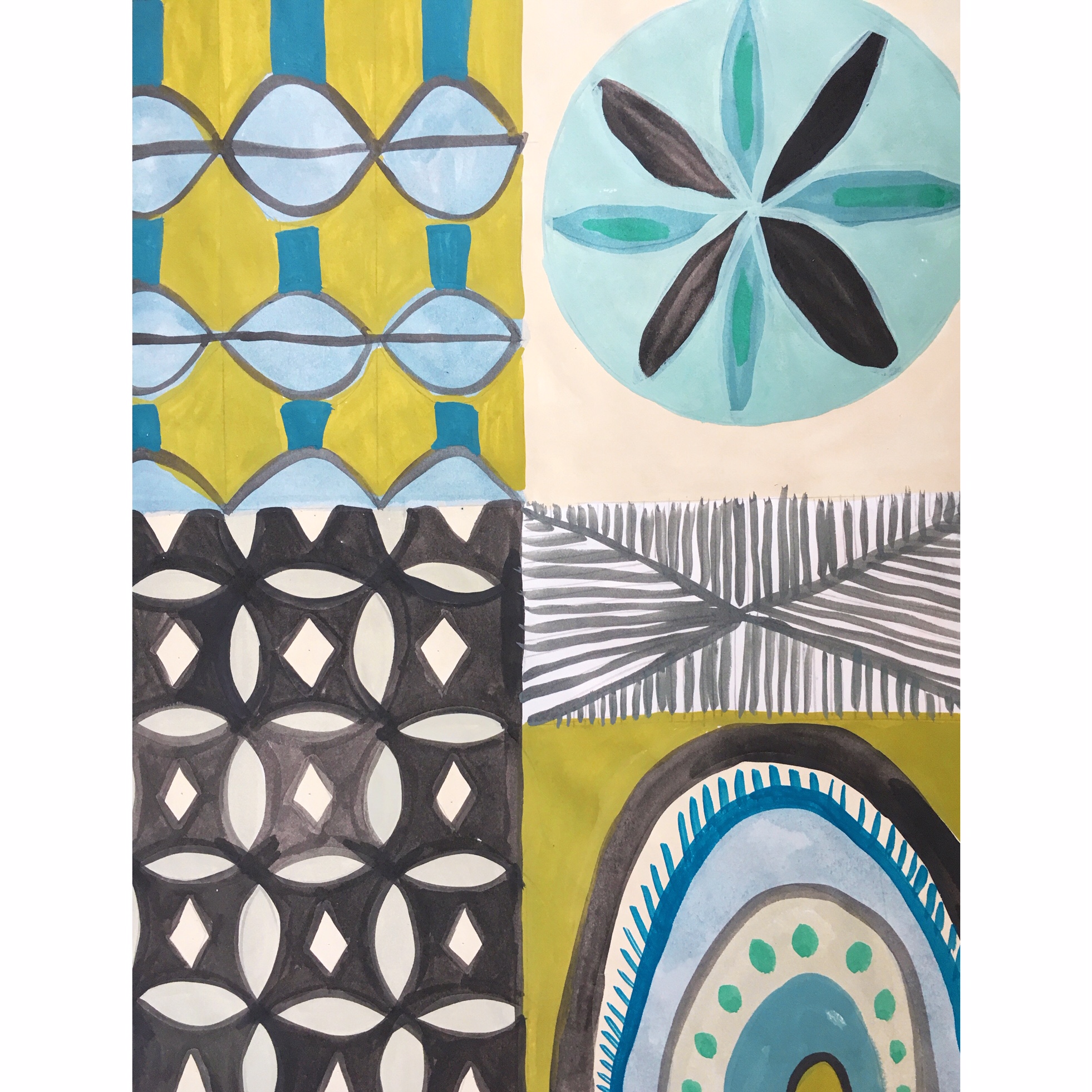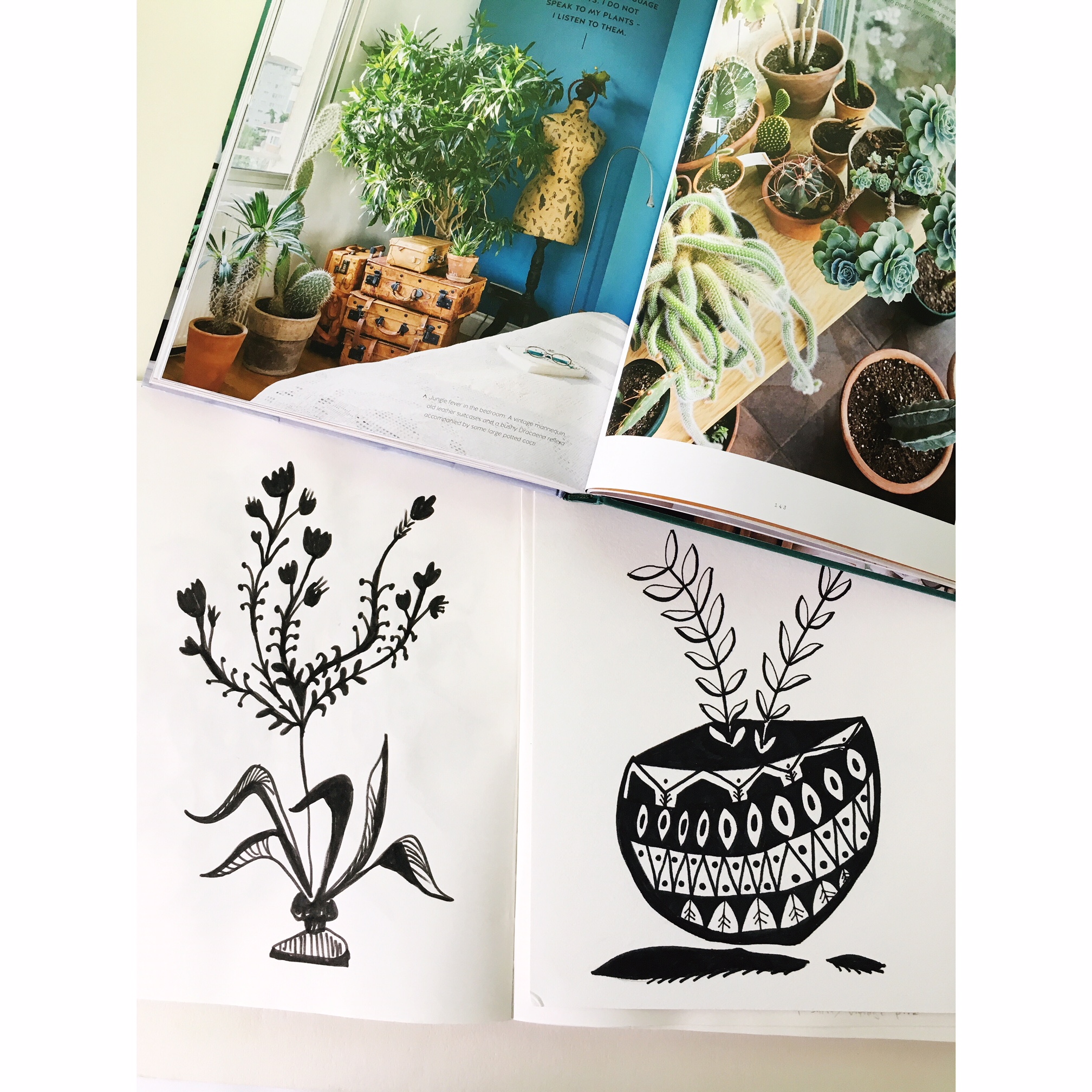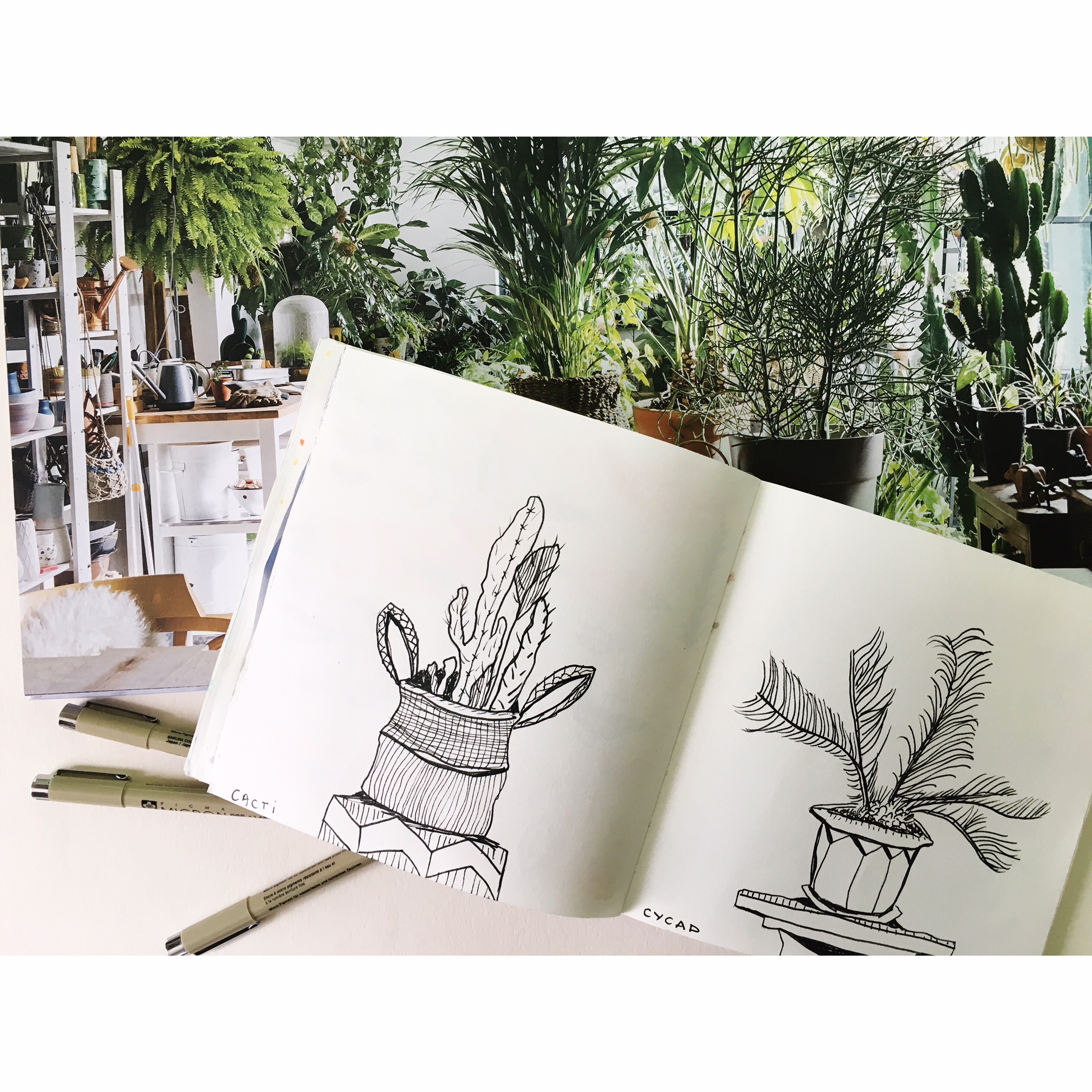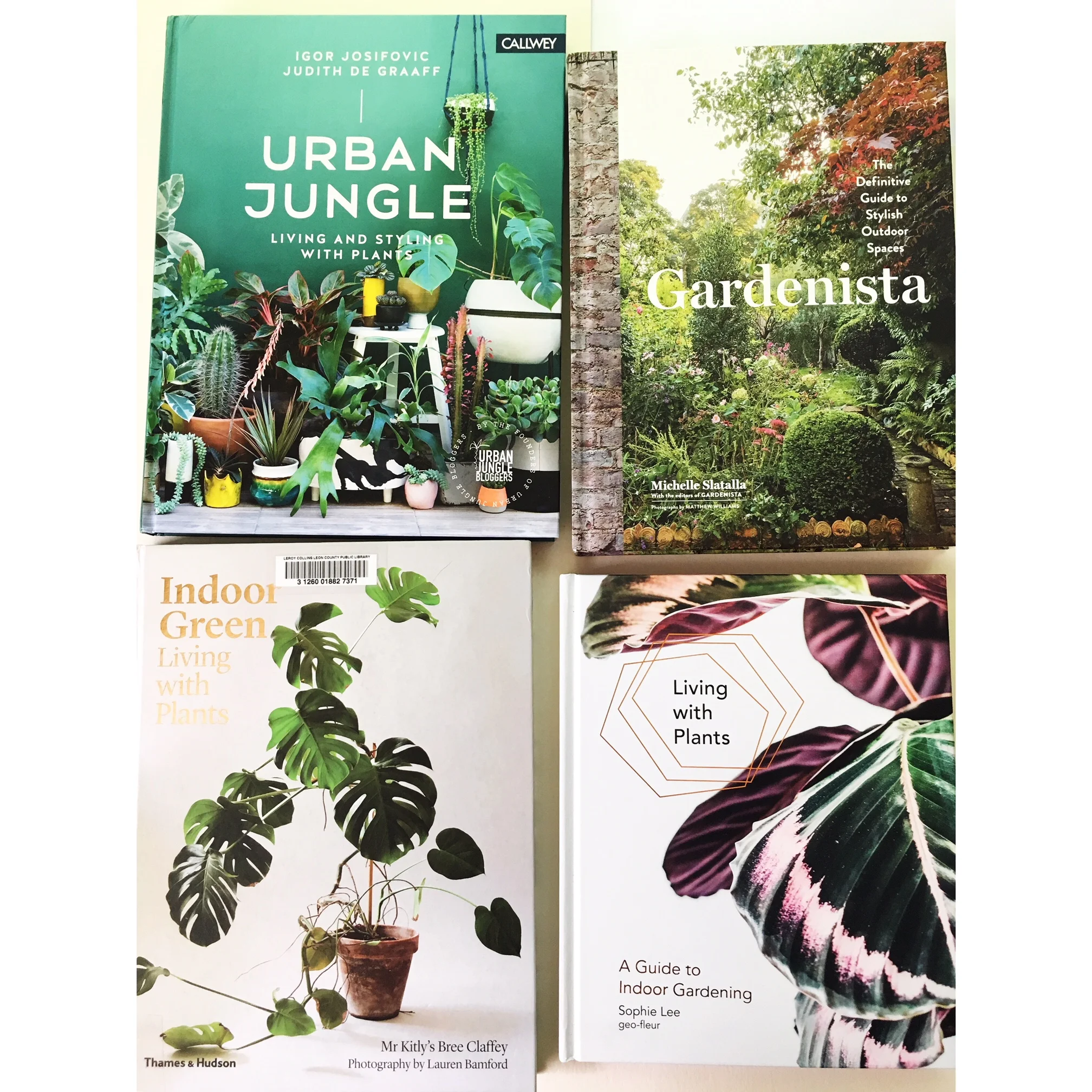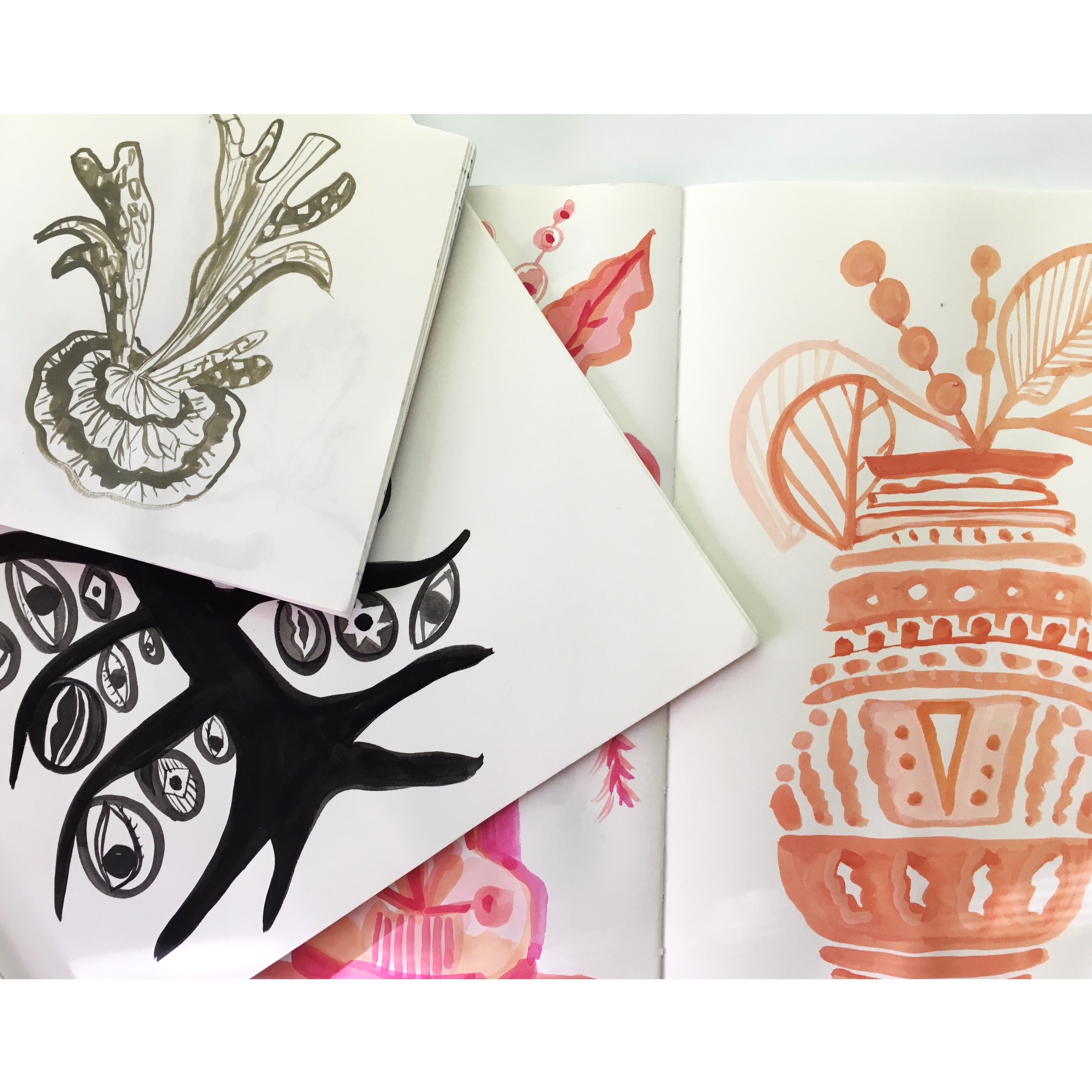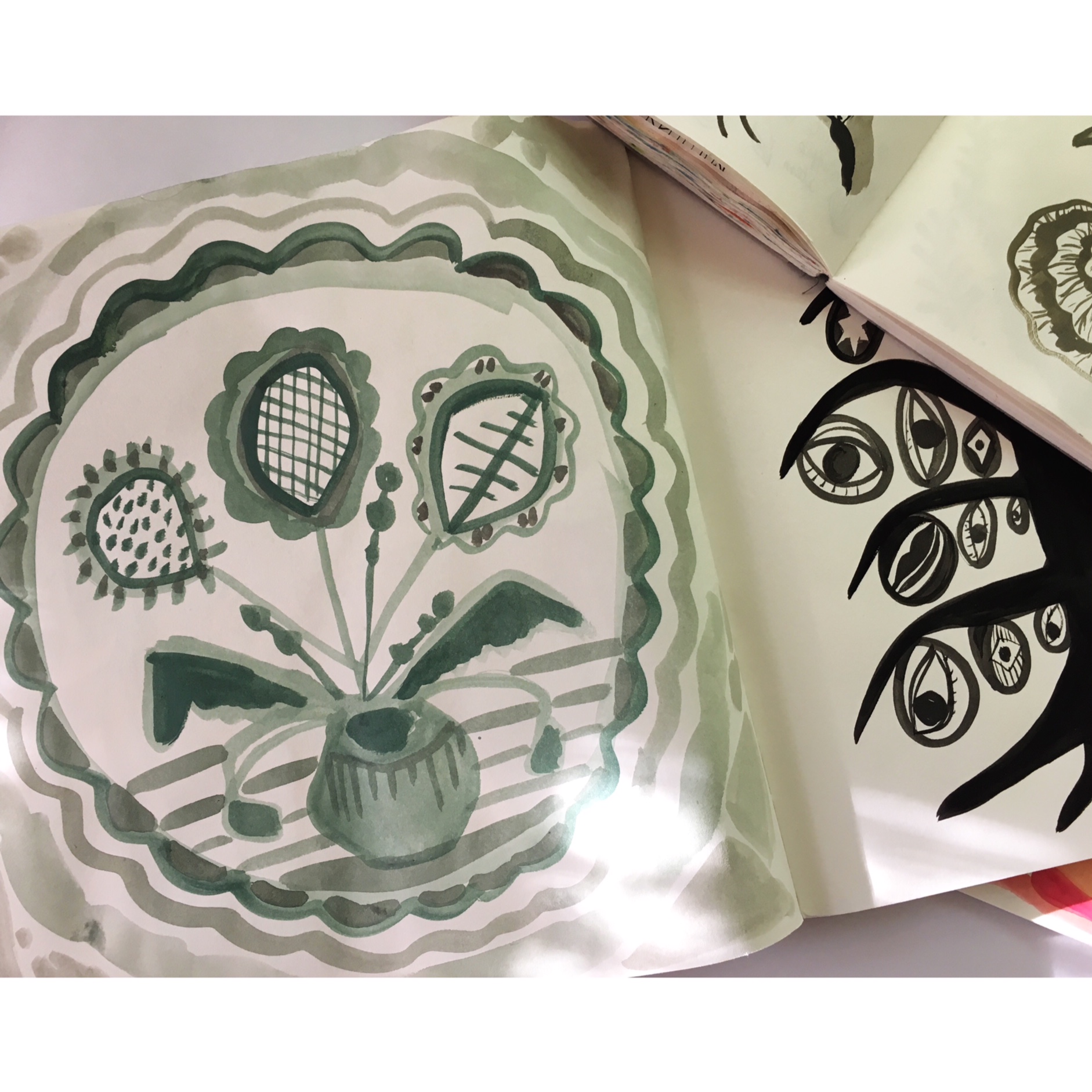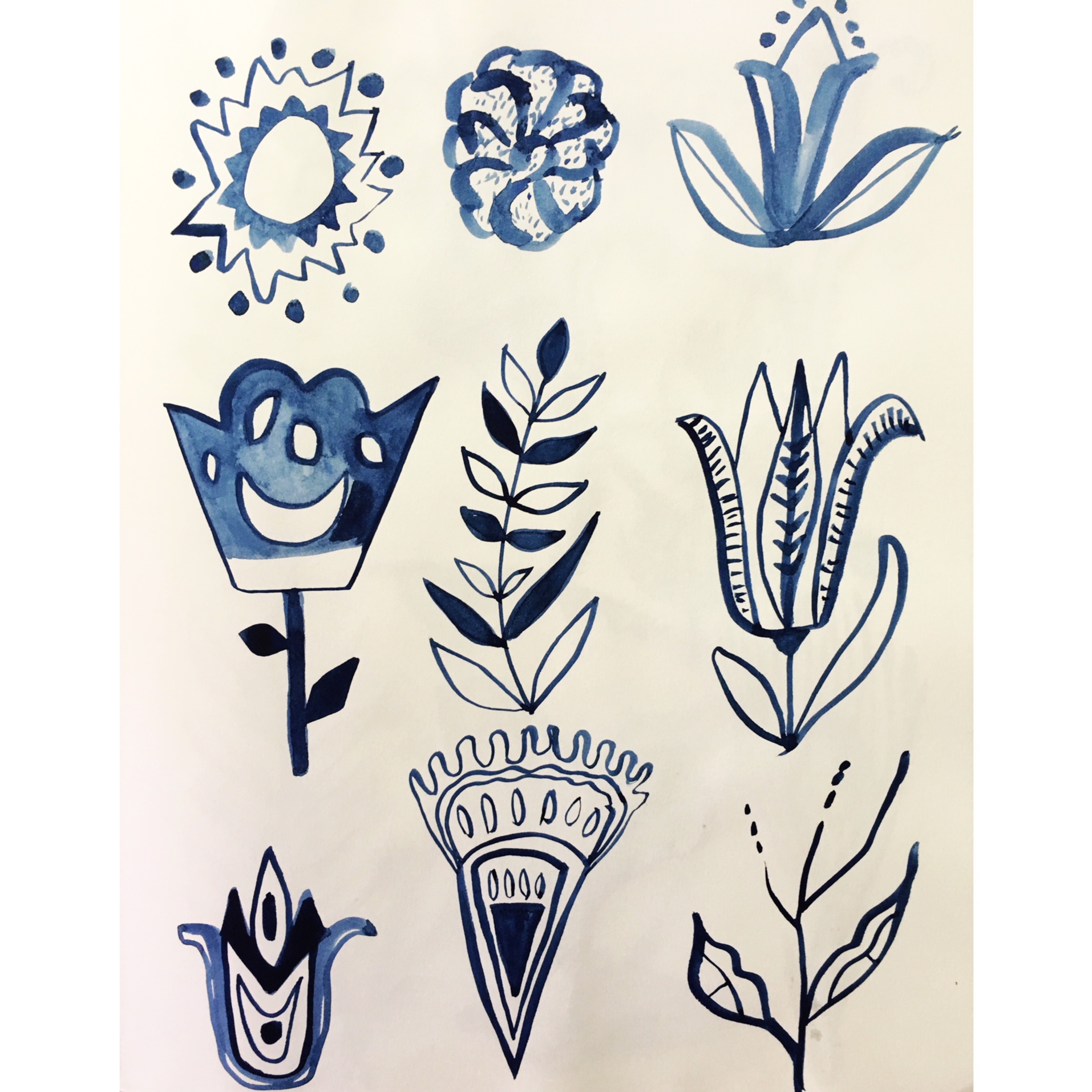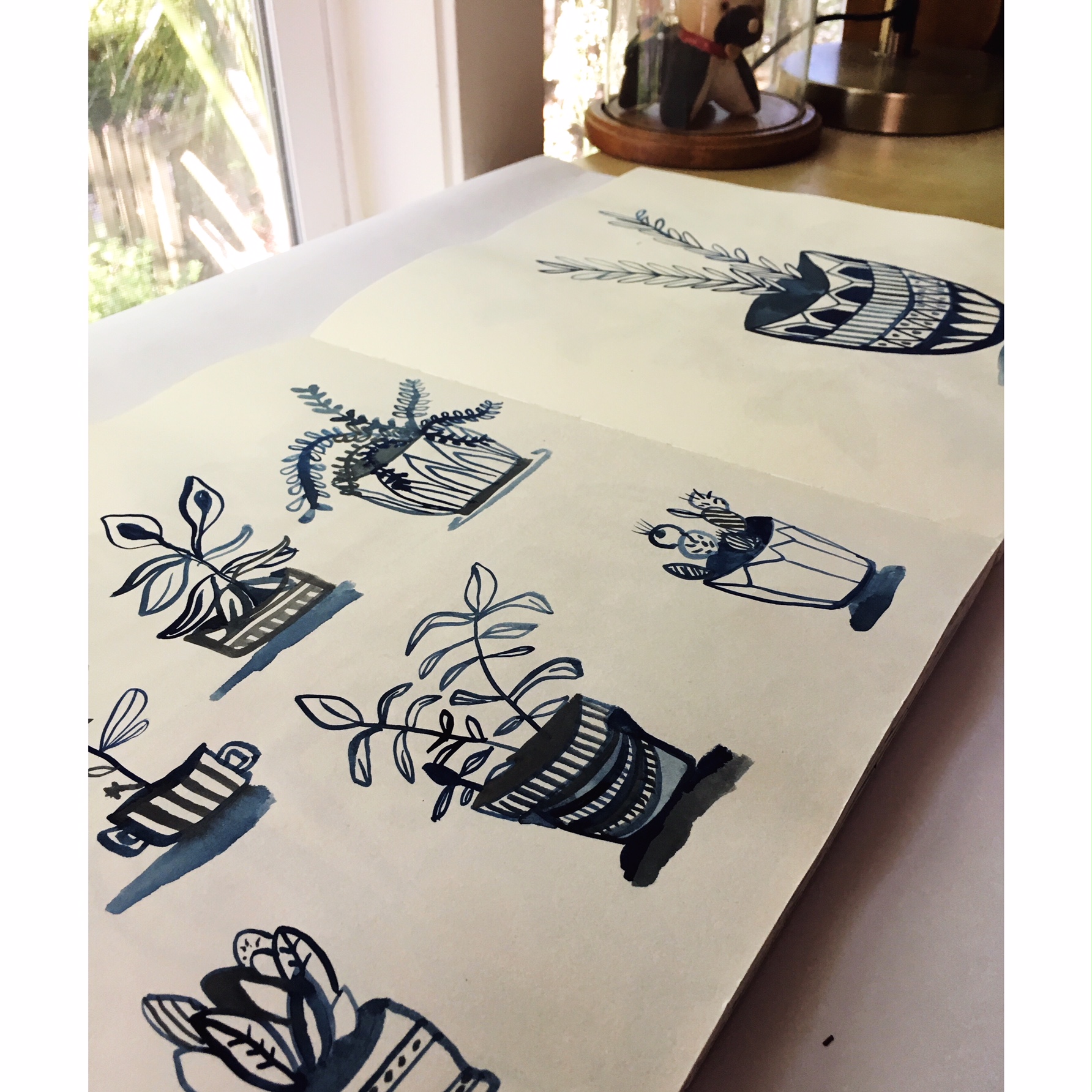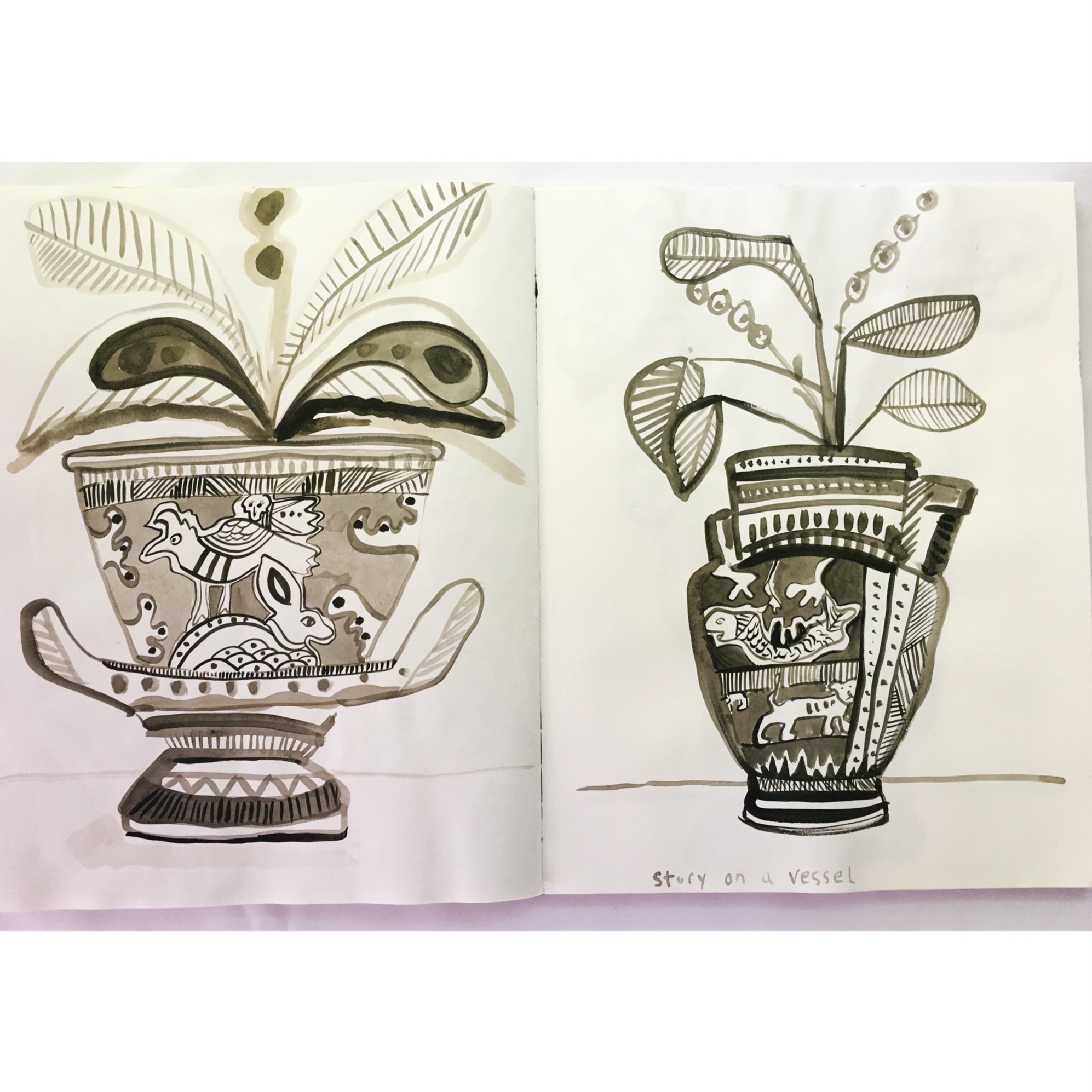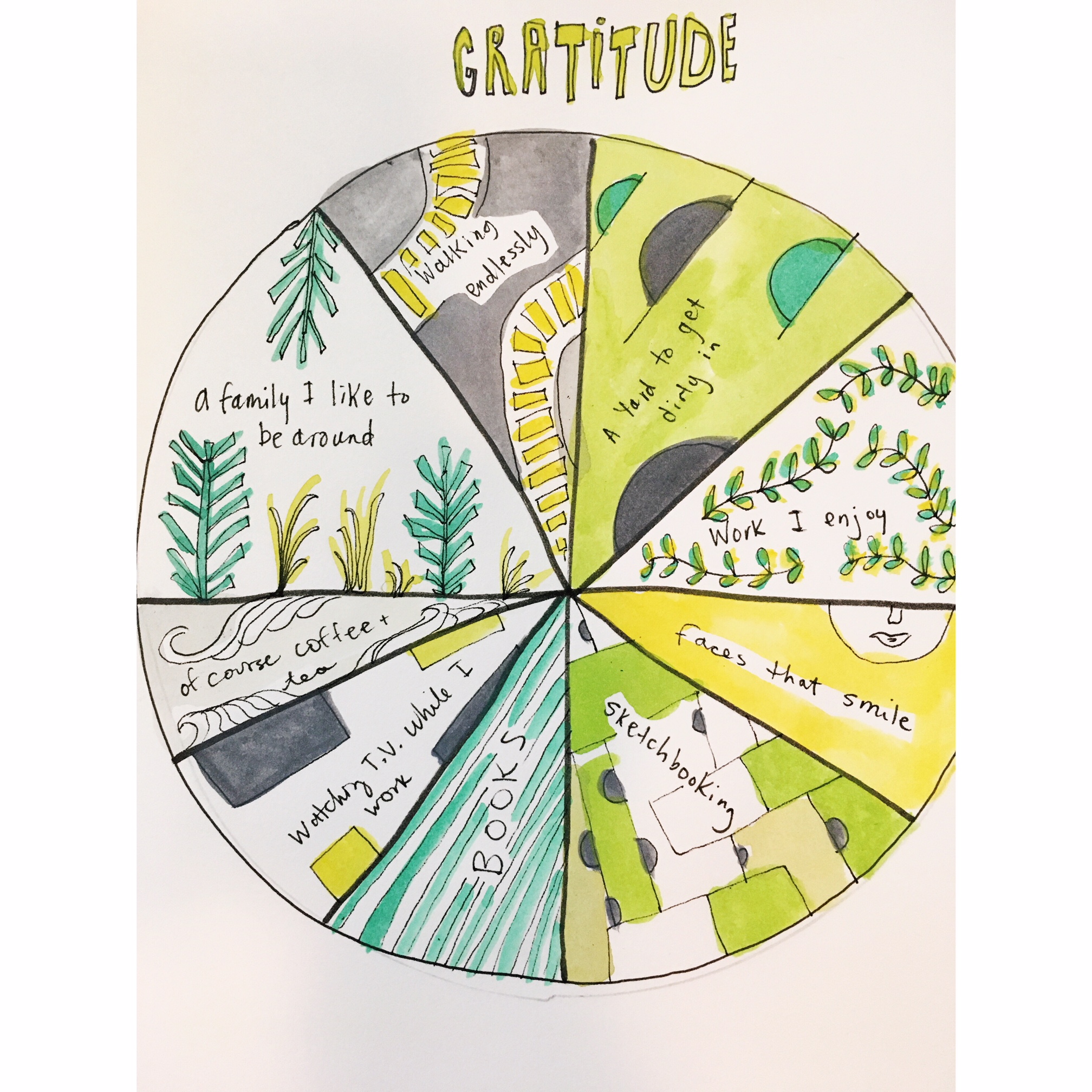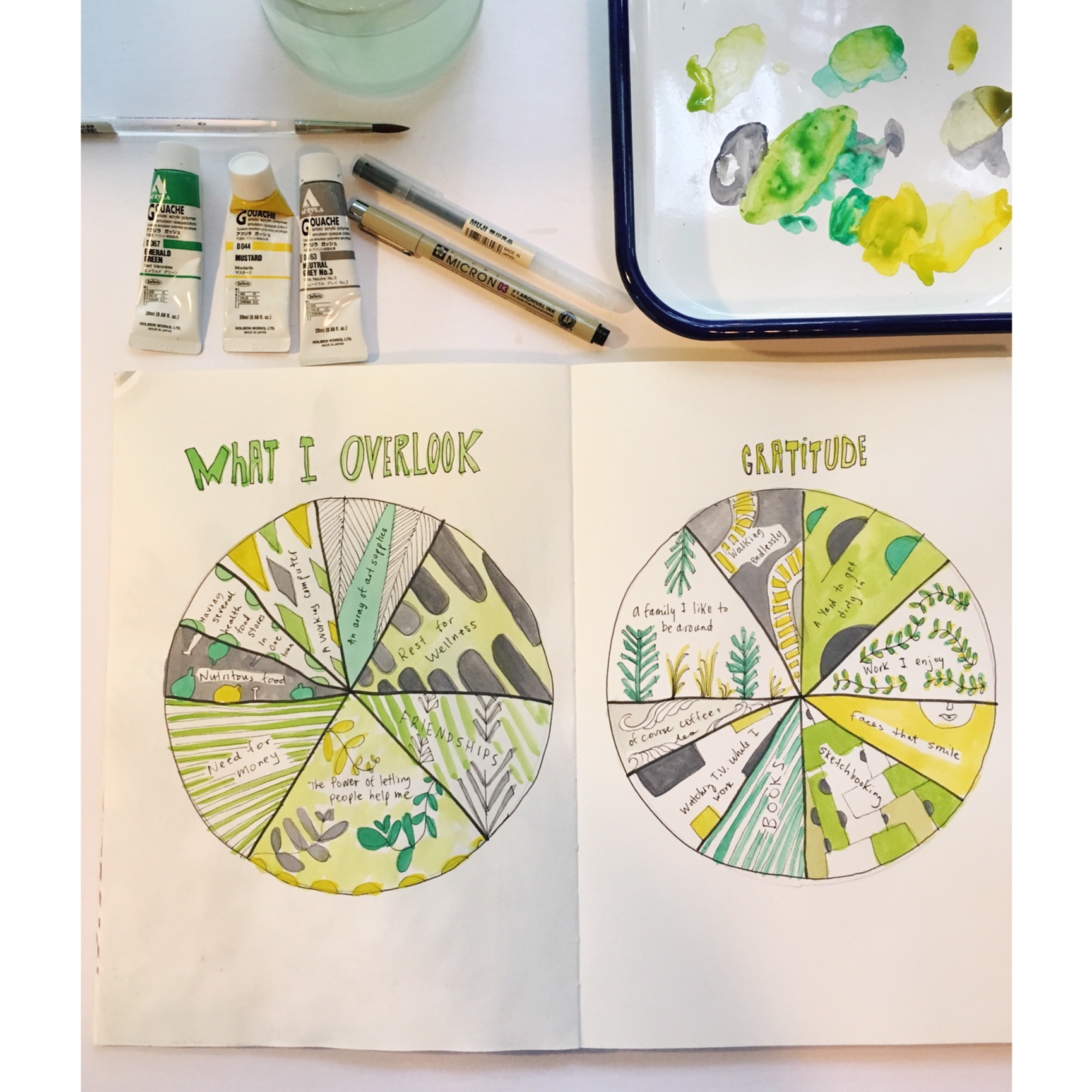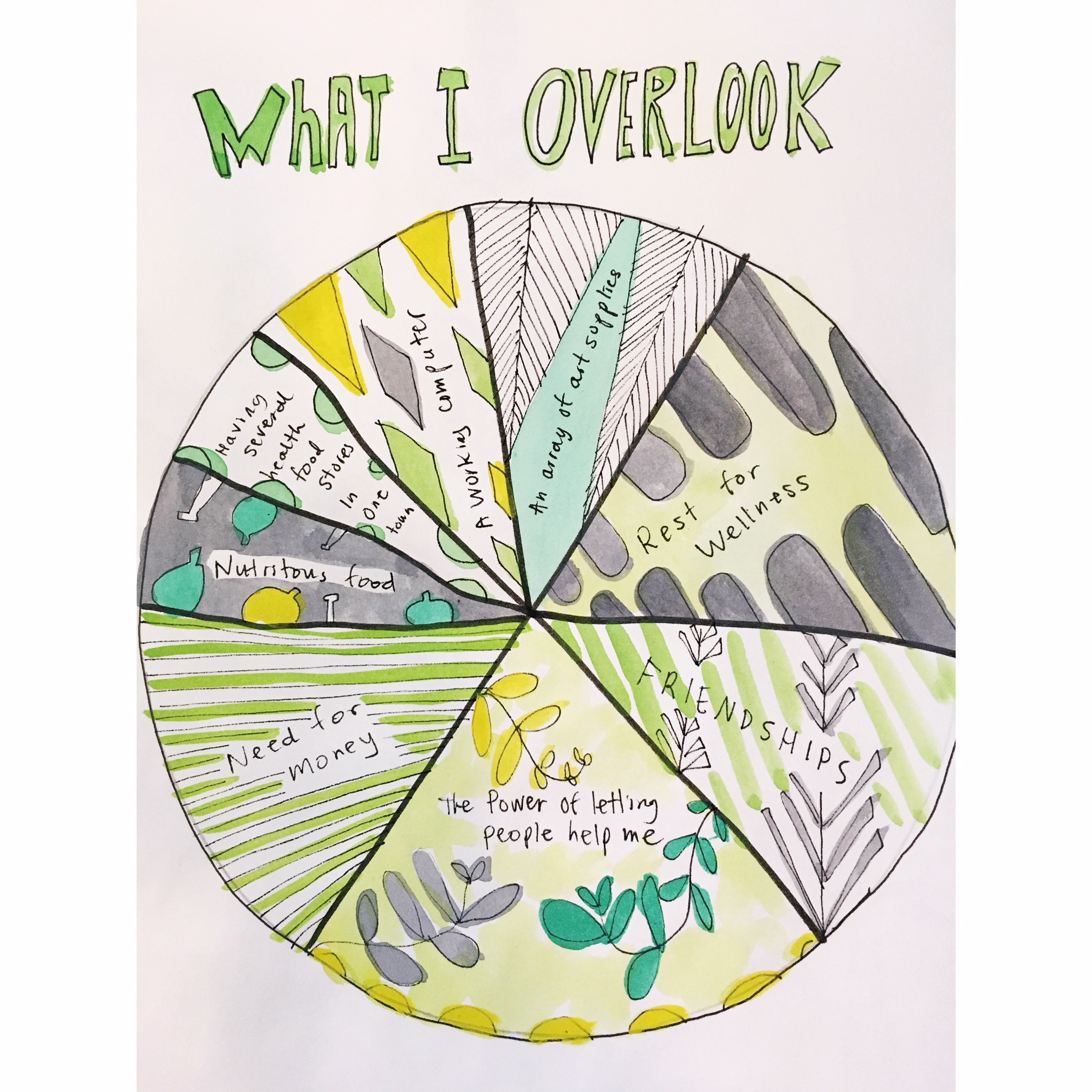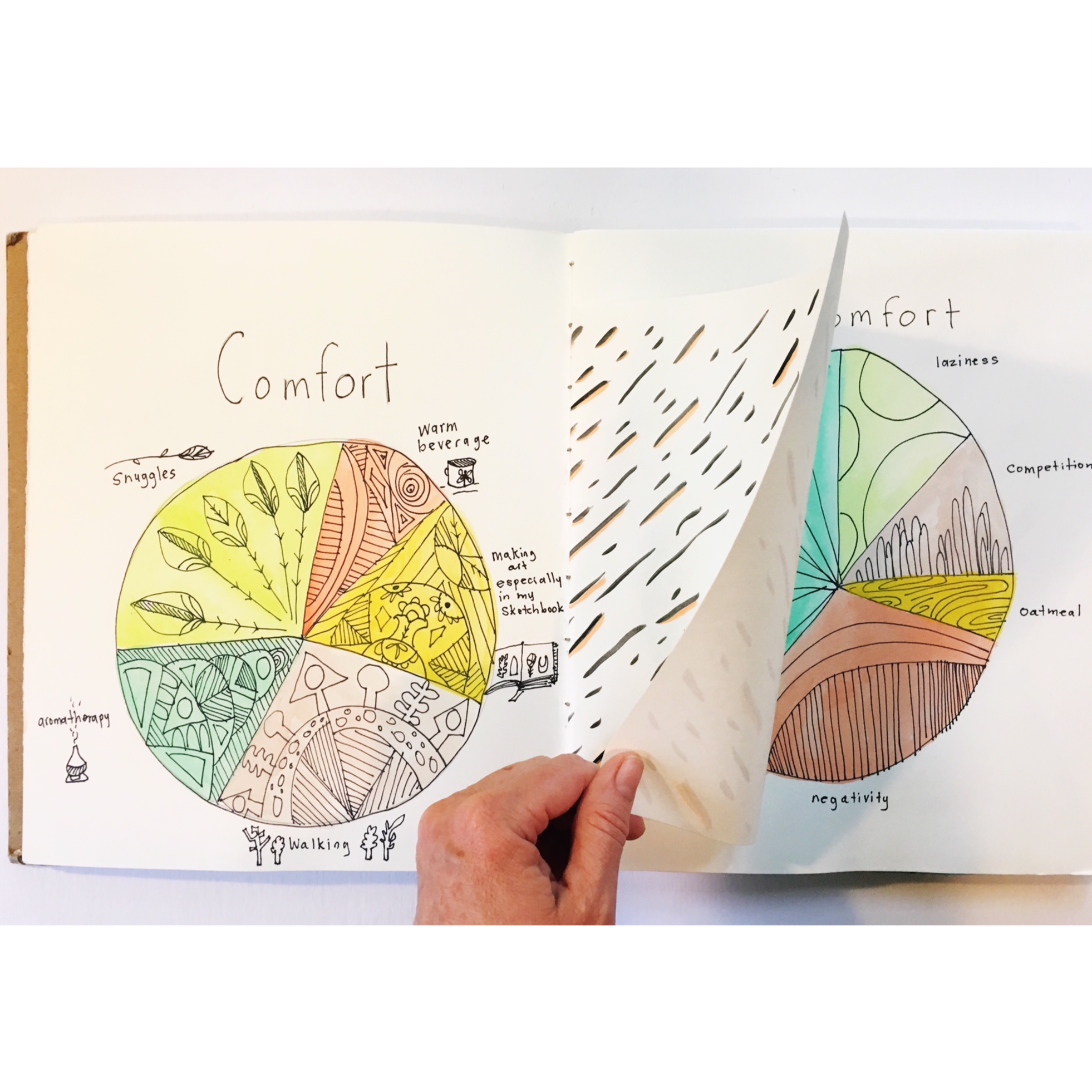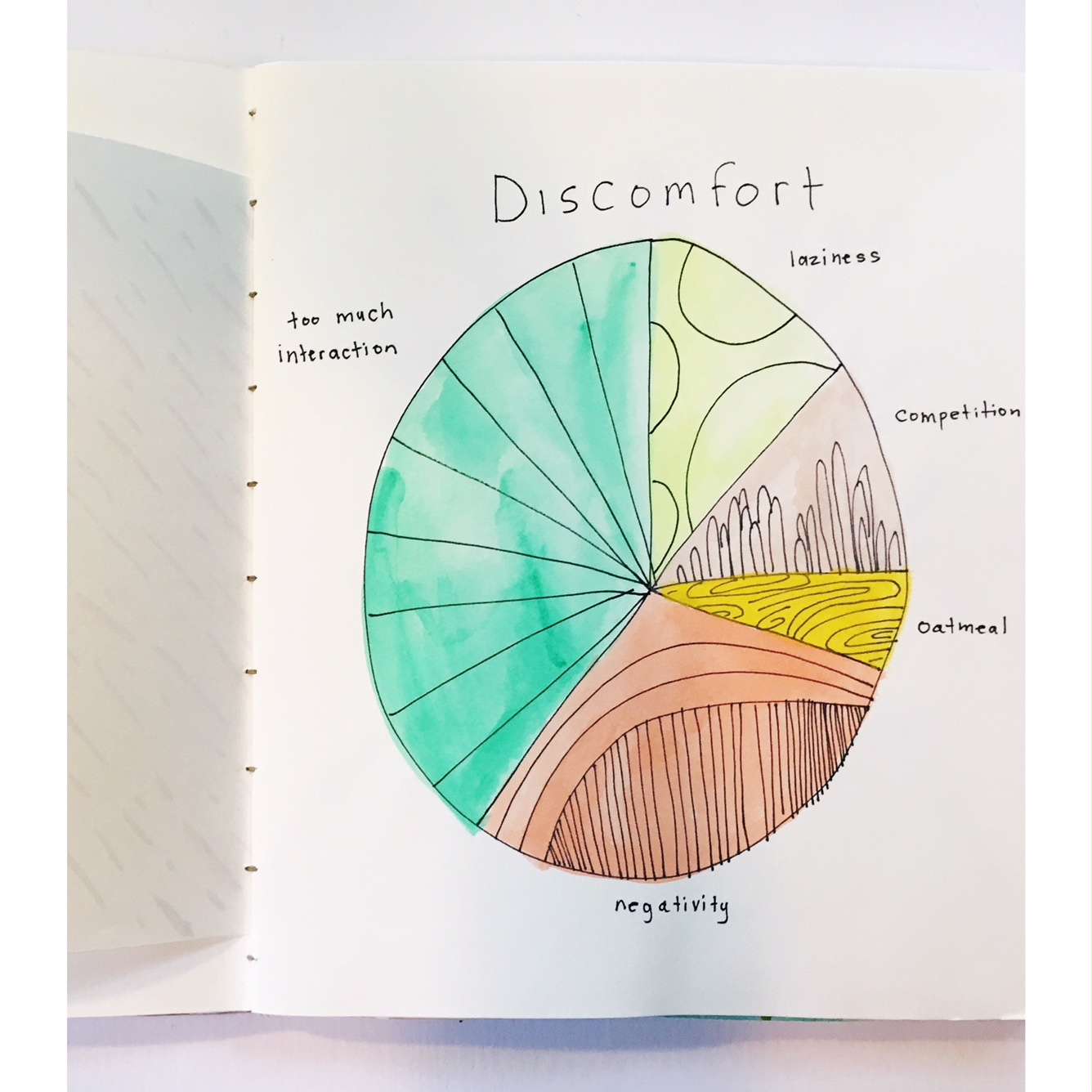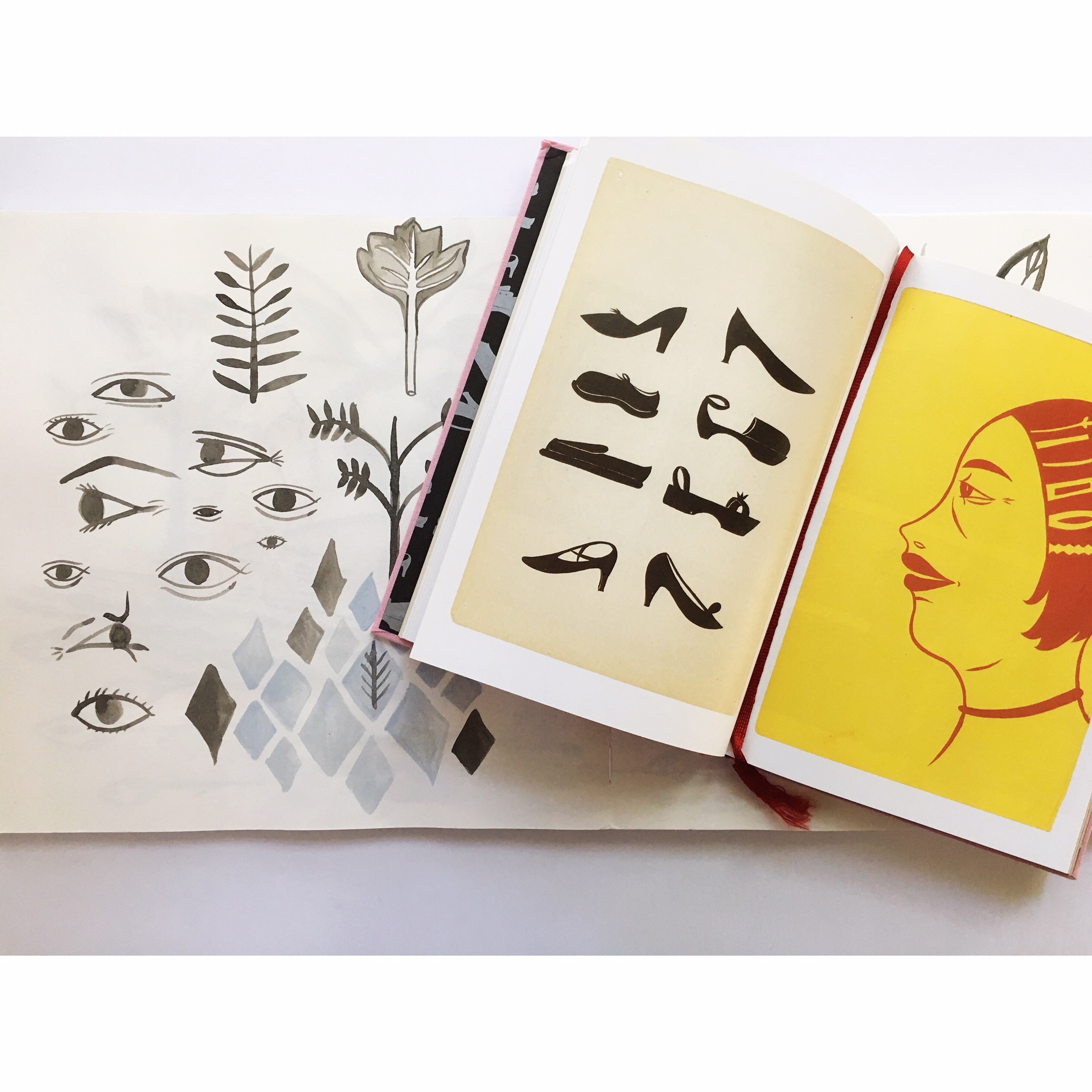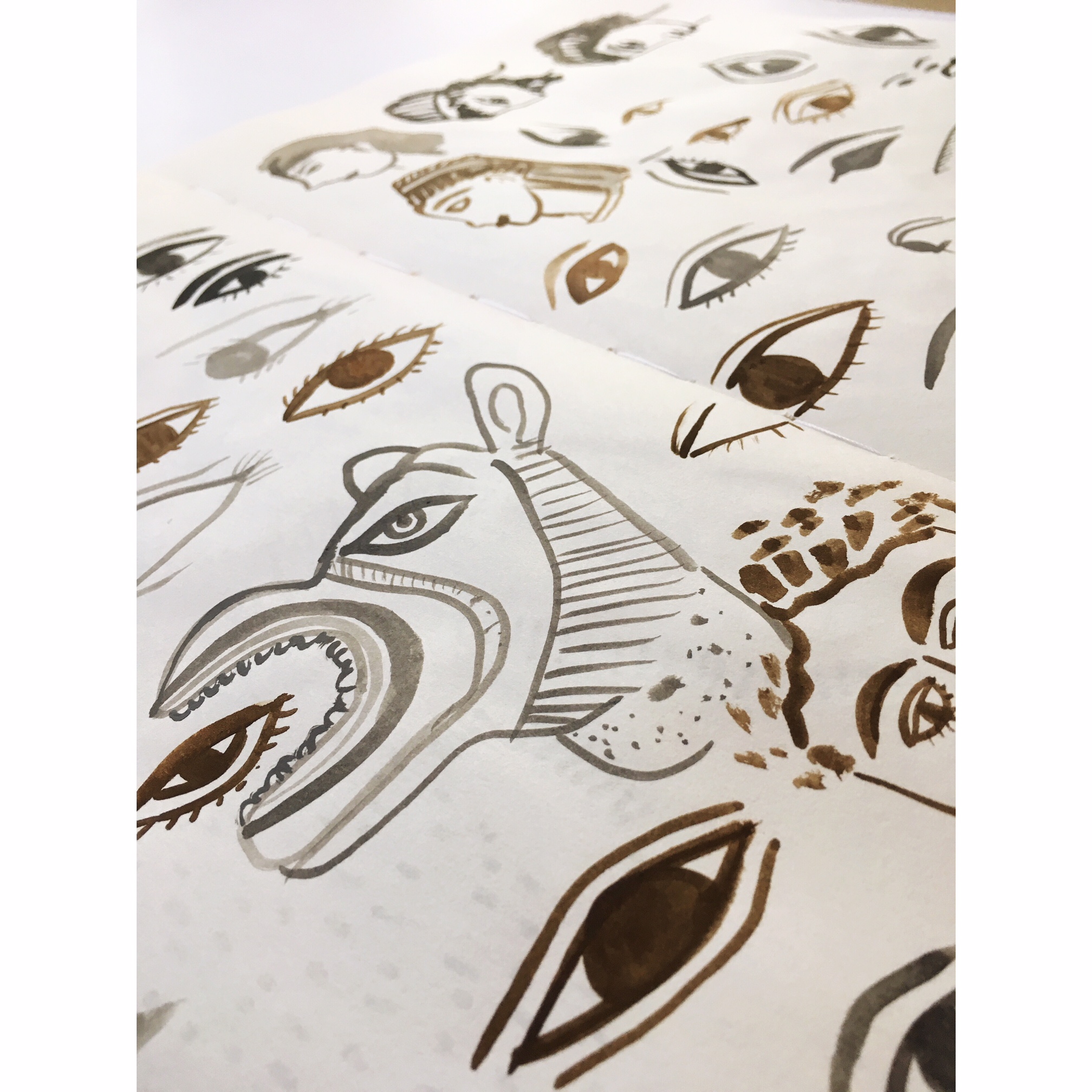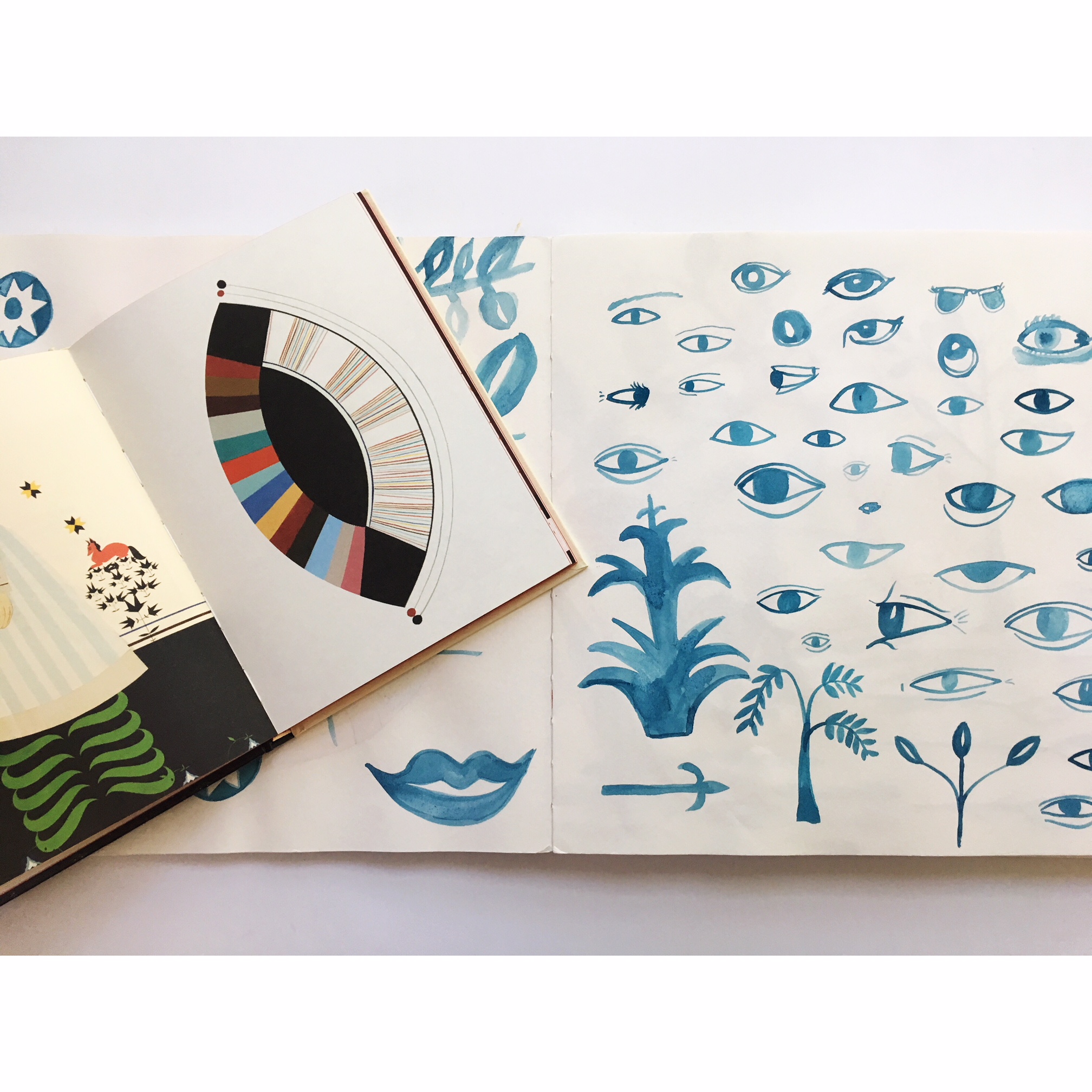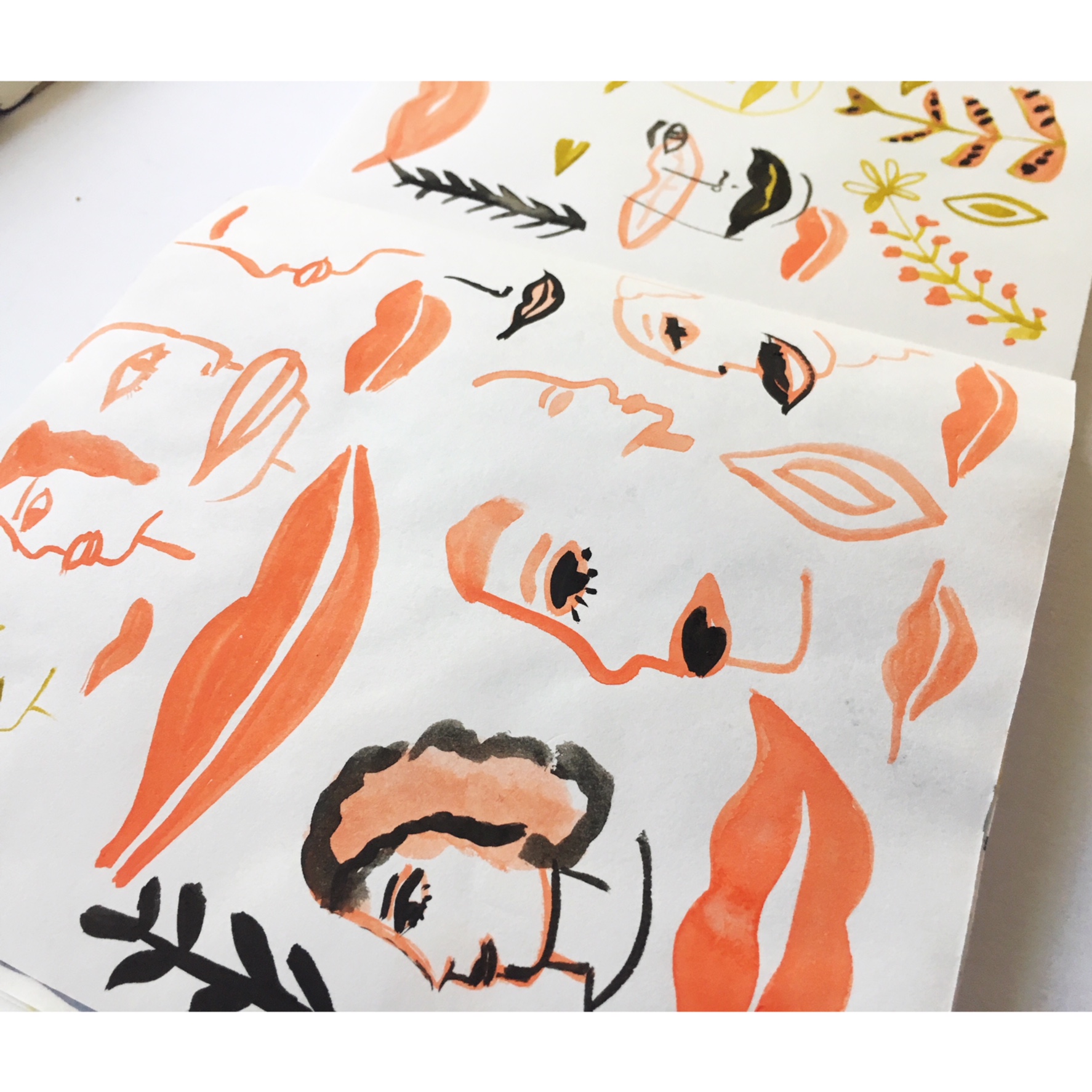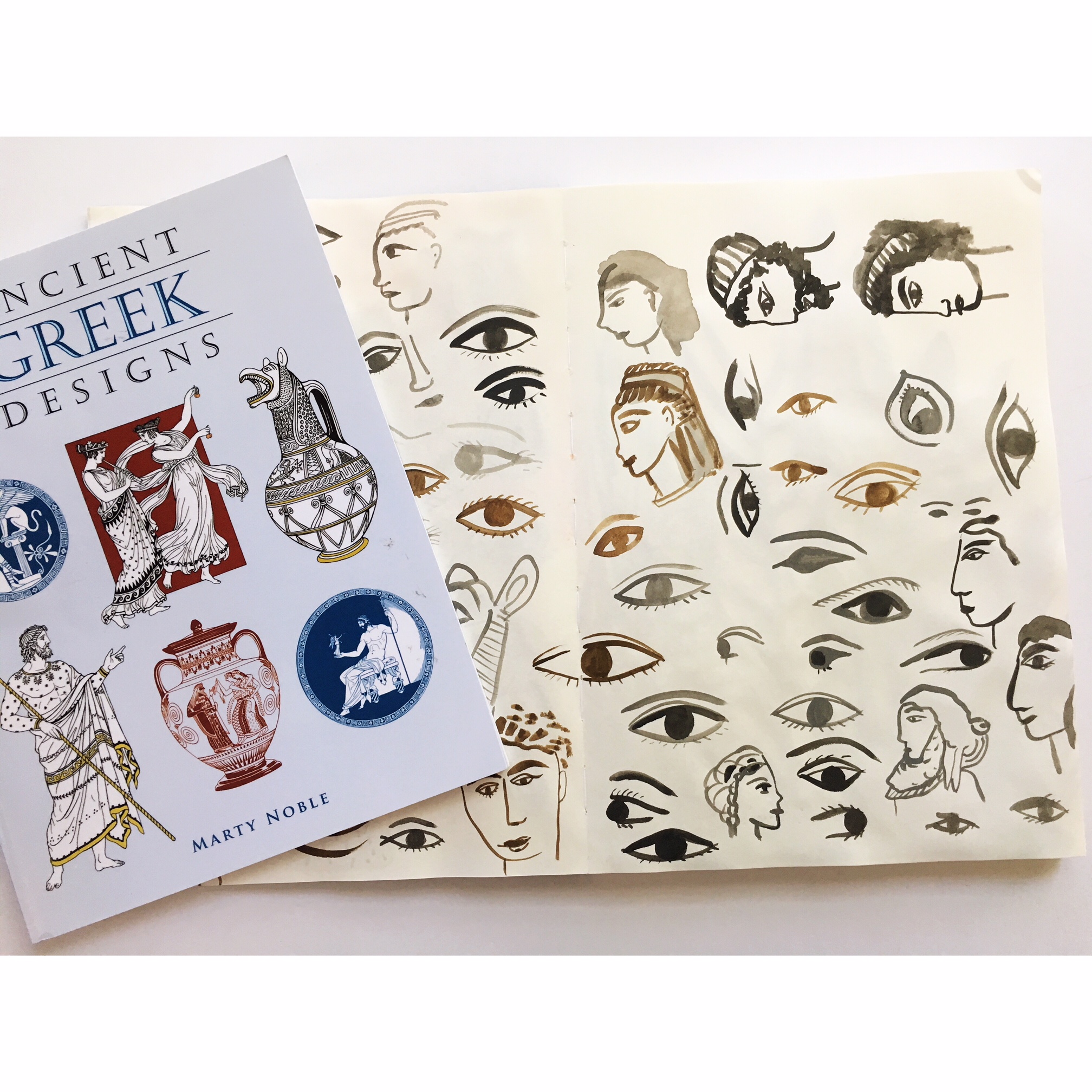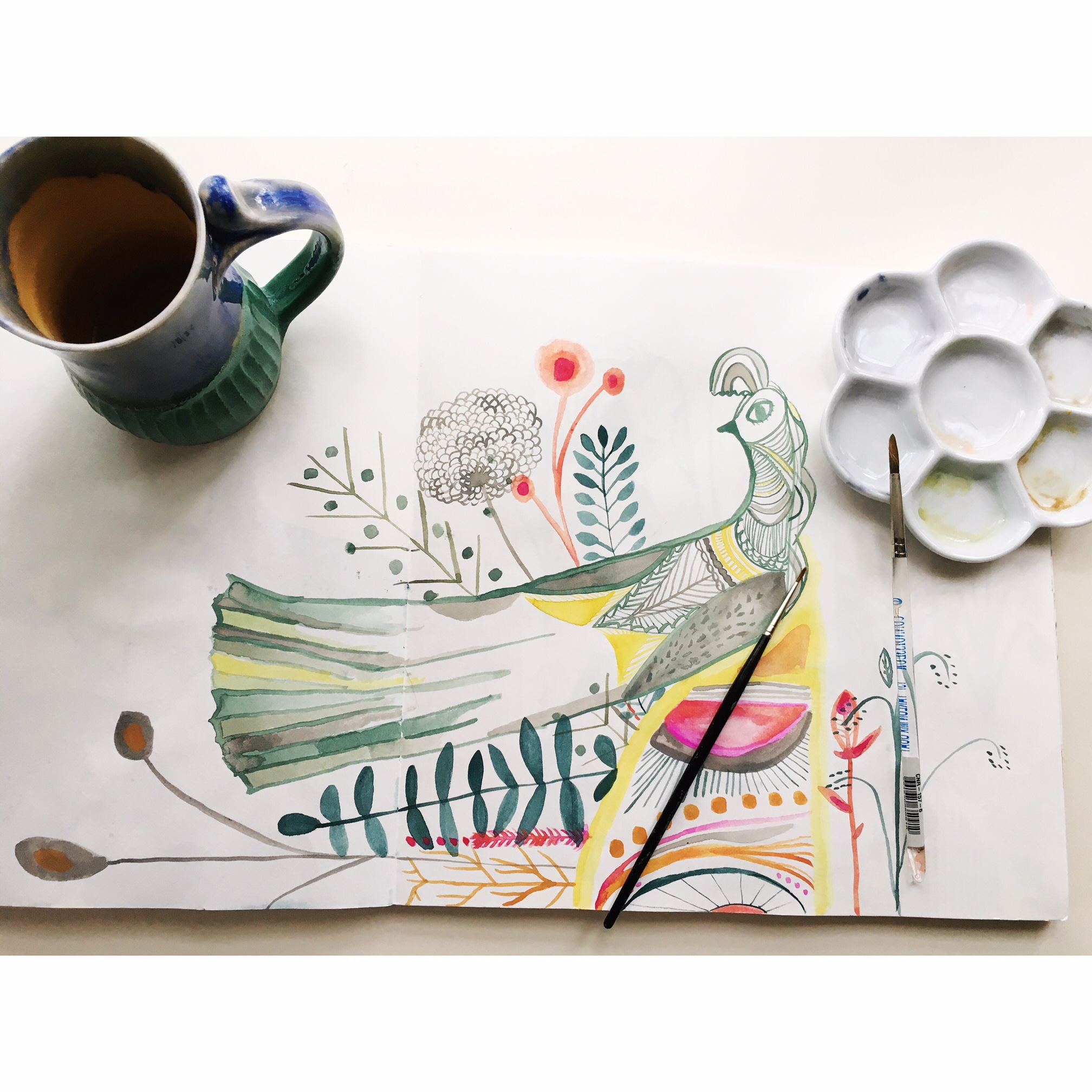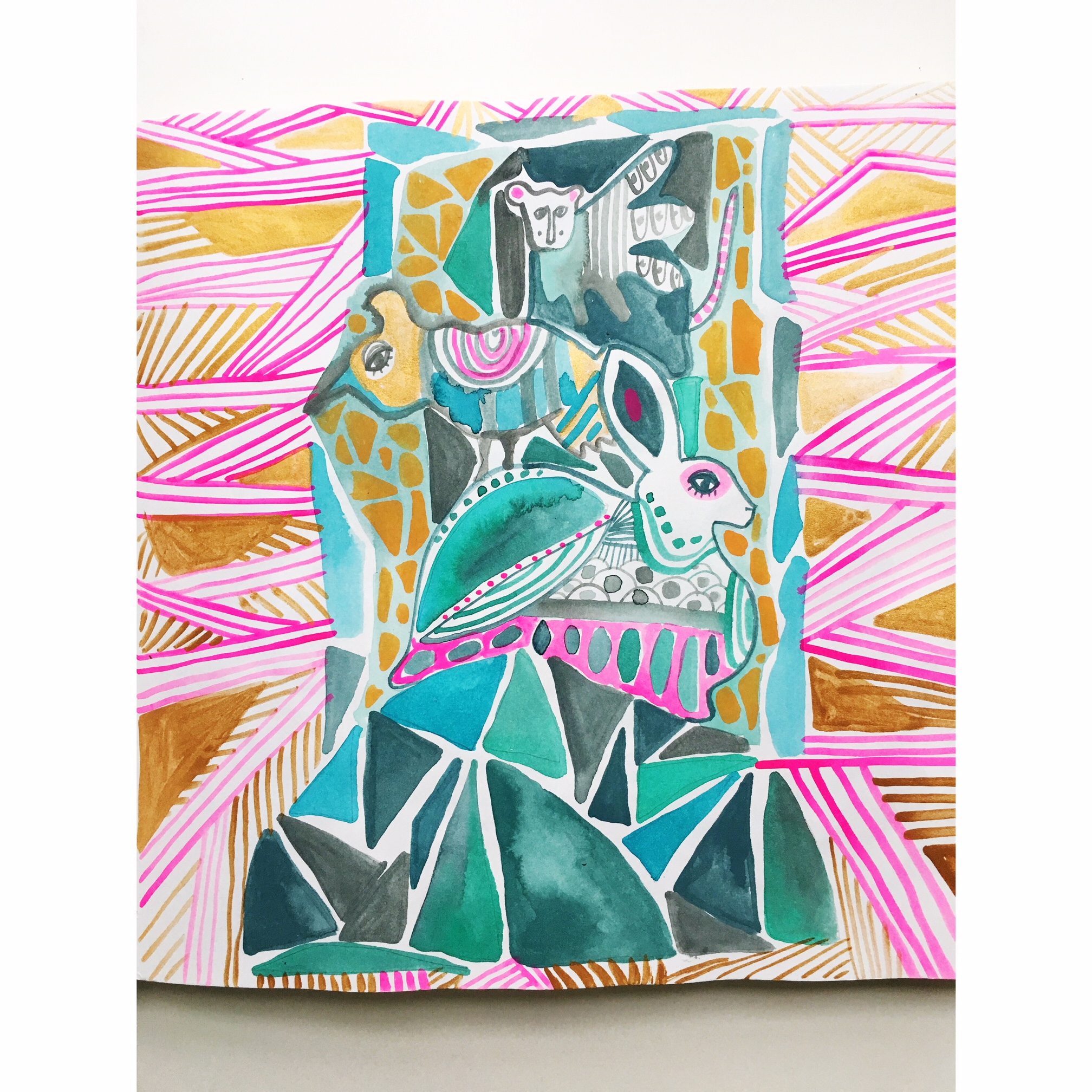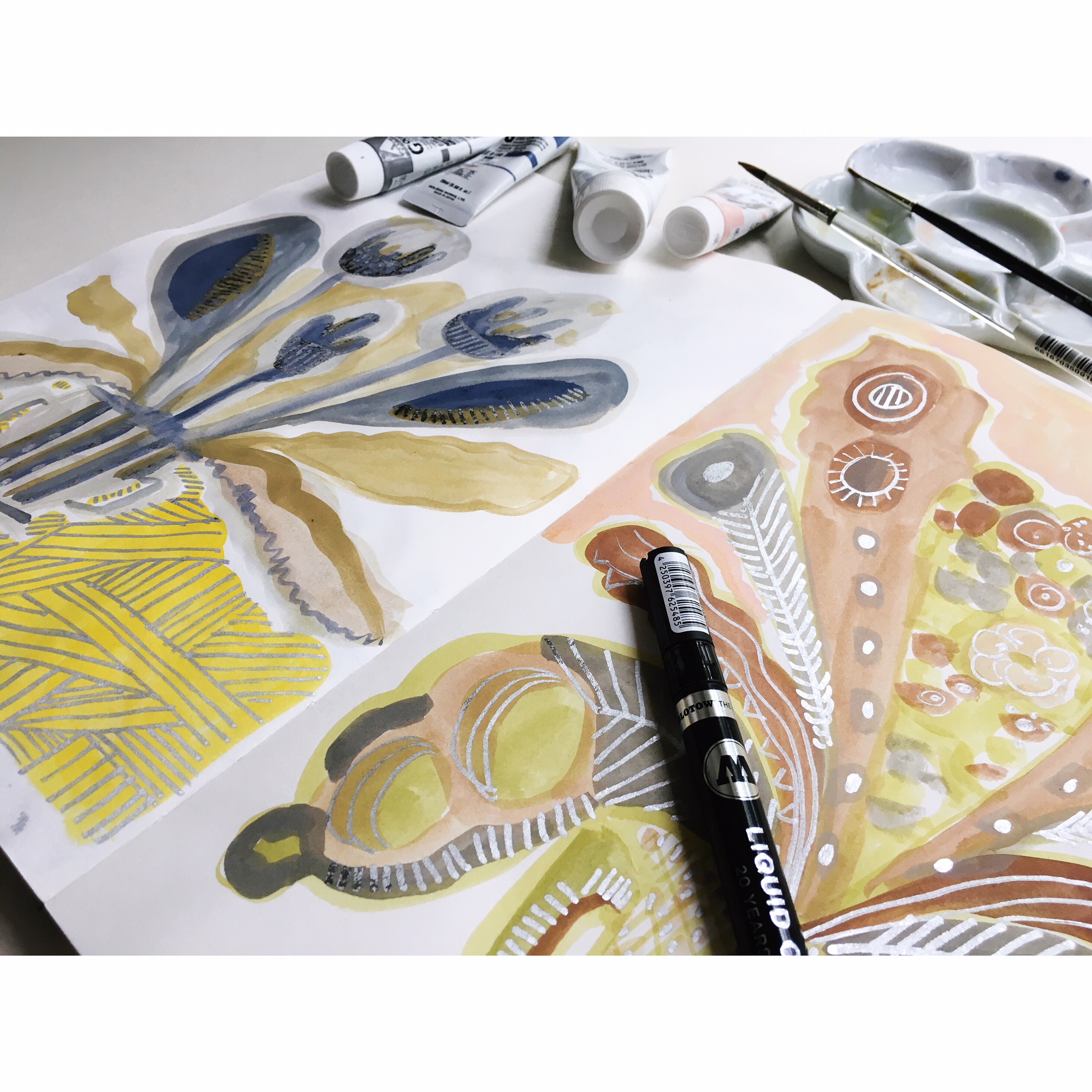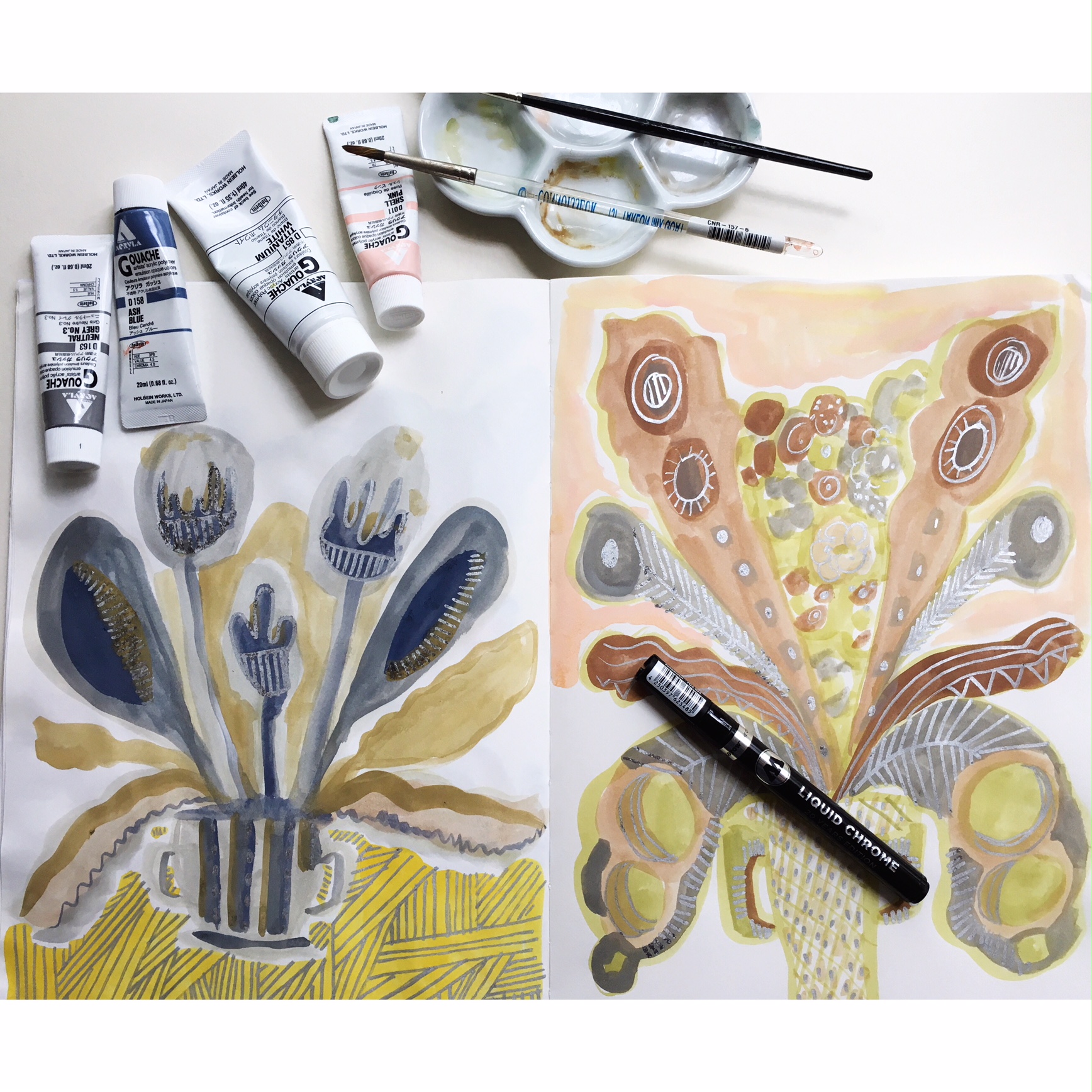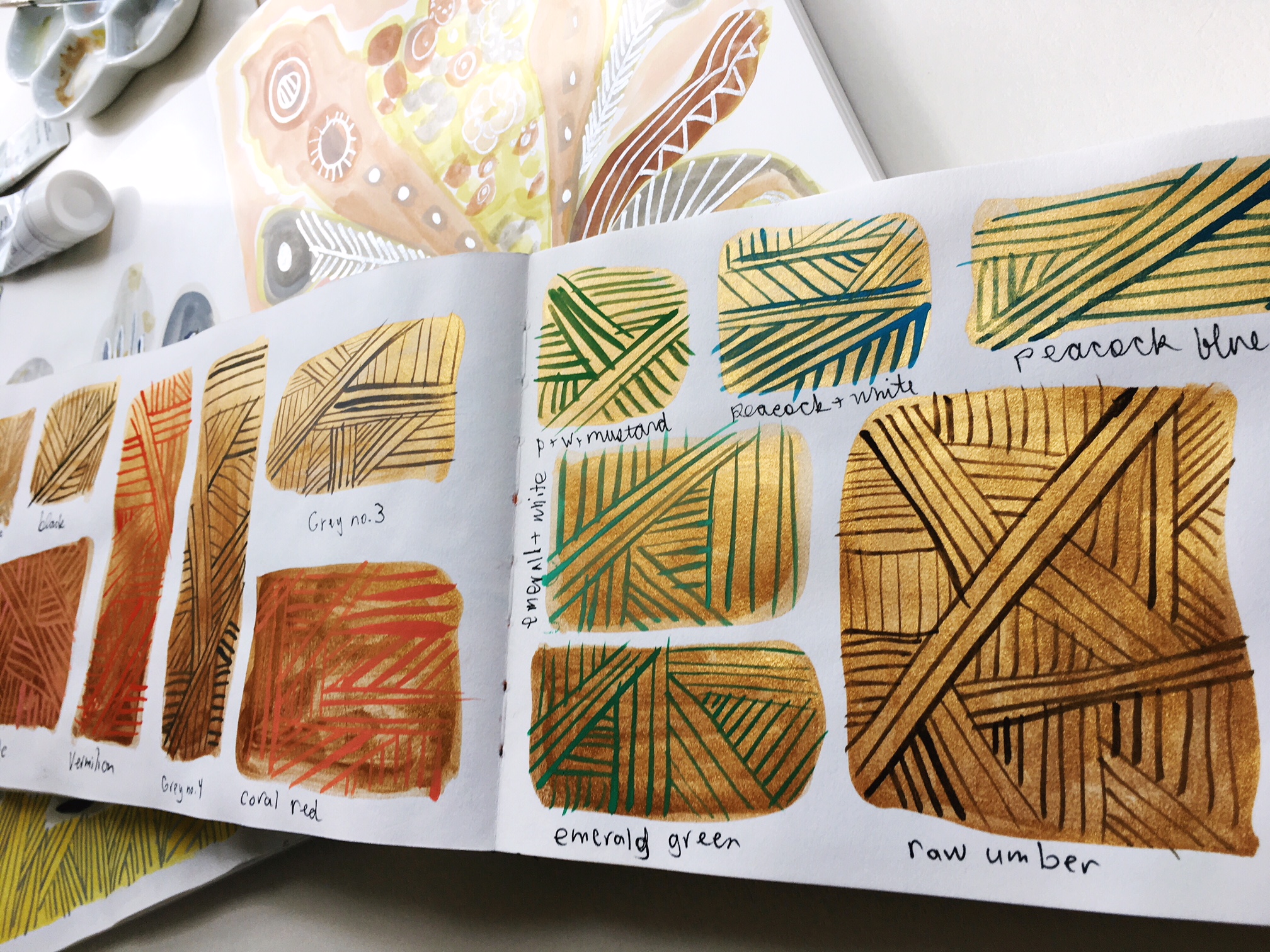Sketchbook Prompt #11 - Taxonomy of Images.
I love the idea of collecting something, probably my whole life I have yearned and looked to see what I wanted to keep, get to know more. I know there is a sweet story of me with full pockets of seashells where my pants were so heavy that my butt was showing. Or my mid 1980’s passion for stickers, my intense love of old bottles, or books, or patterns, or more books. I love things. And sometimes because of having so many interests in can be hard to organize them into what makes them more useful to me. Because I am curious and because I think everything can teach us something, I have to make a way to understand them. I think this can be aptly applied to your sketchbooks. Creating a taxonomy of images that you are drawn to is both fun and useful. It allows you to collect things you like, as in my case it is shapes, flowers, monsters, things that look natural, vases, bouquets, different line quality, color, negative space. I return to these themes again and again. And I’m always so surprised that when I think I have found a new shape, if I only look back it was already appearing in my pages.
Taxonomy is a scheme of classification. Collection is a group of things or people. What I think happens is at first I collect, I create groups. Then I realize they are related and there are reasons for these repeating images, even stories. I tend to have a separate sketchbook that I write in, but even if the ones that only contain images there are still stories I can see.
People often ask me how I developed my style, or How do they develop their own style. I think these are good questions and of course the most unhelpful but honest answer is time. But the one that I think has really pushed me is the rate at which I gather images to reference later. Perhaps it’s because I am continually surprised by what I make, not in terms of “wow, that is wonderful” but rather “huh, I didn’t know you were gonna do that”. And because of how unexpected I think I am being, my sketchbook reassures me that actually no, there is a thread.
When I go to create things like larger paintings, ceramic pieces, items I might sell at a maker festival, I look to my pages to help me see what I could use. That way I am referencing things that are true to me. They might have started off at a different point. But when I go to carry on, I use them. What I mean when I say they started off at a different point is that I look at things first when I make some of the pages.
How I start several projects is with Dover Publications on the subject at hand. Because they are copyright friendly I never feel the worry that I am accidentally stepping on a infringement. I have a vast collection of patterns, vases, folk art, Greek Art, Egyptian designs. I also look at old embroidery books, 1970’s craft books and Japanese floral arranging. This give me a place to start and let loose. I recommend finding books that are on subjects you tend to get excited about. That way you can have a starting place.
How to begin; What I would do is look through your sketchbook pages and see where you are building threads. What do you return to, why? Now, start with those and continue with them. Change your medium, try thicker brushes, smaller brushes, create outlines, work with pen, keep reinventing the way you build your images. See how just a small change can make a variation in that form. You are beginning to build a taxonomy of images. If you want you can write words to them, perhaps all the floral shapes reference to you strength, and all the leaf shapes represent fragility. Write that down, and just because you said it was that once doesn’t mean you cannot change your mind. Change your mind a thousand times if you like.
Now begin again, pick another shape, idea, reoccurring motif and go at it. And again, and again.
Of course, this is also how one develops a sense of style. You see that no matter the medium you play with or how you alter what you are doing it still looks like your own hand created it. And then you can see what you like and build on that. It’s a slow evolving process, but beautiful and rewarding.
Other artists to look at; Gregory Blacktock, Blackstock’s Collection., Marcel Dzama, Amy Cutler, Julie Mehretu

